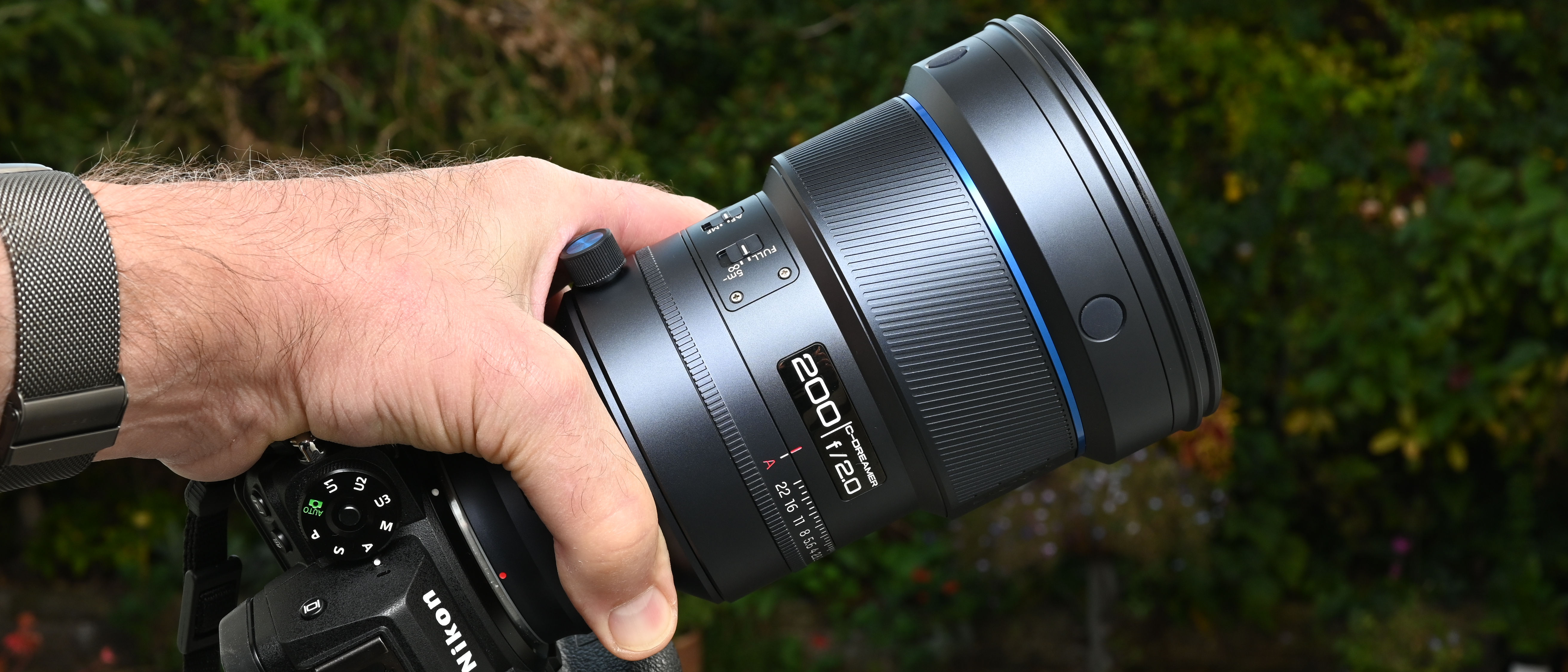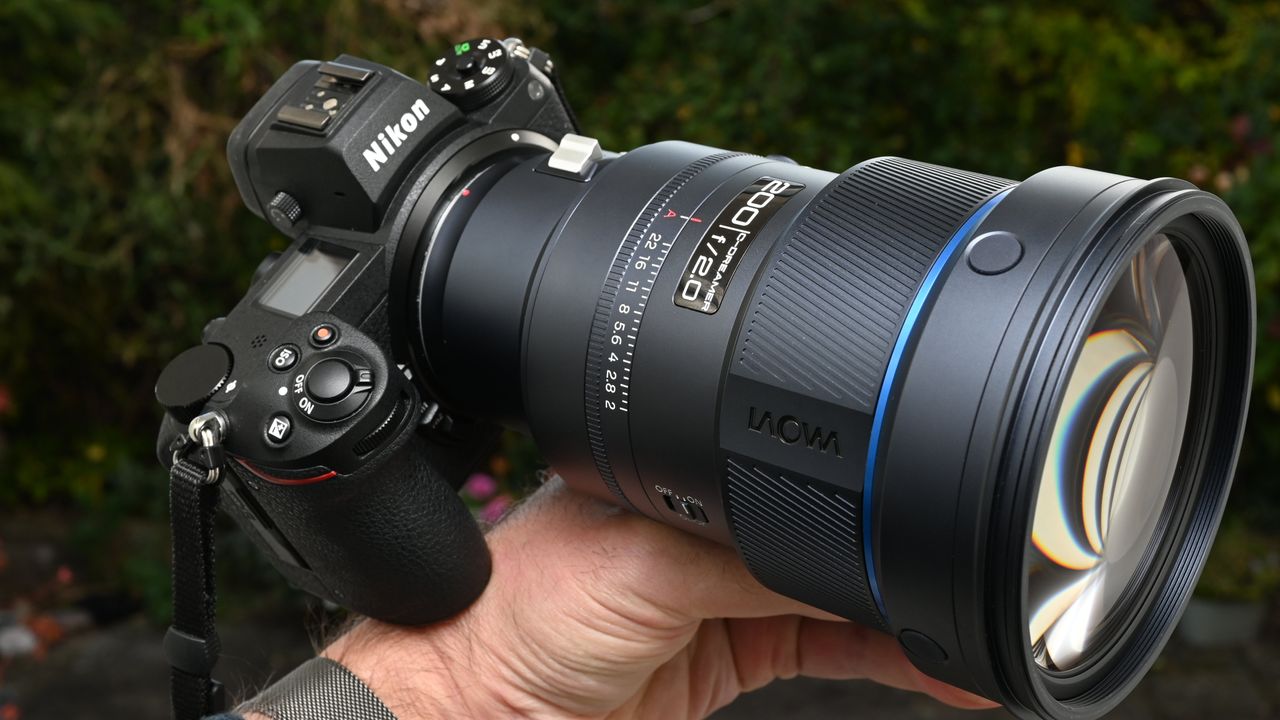
Venus Optics is a Chinese company that was founded back in 2013 by a group of photographers and optical experts. I’ve always been impressed by their ability to ‘think different’ and to dream up new types of lenses as well as reinventing some exotic old favorites. For me, recent highlights include the Laowa FFII TS 100mm f/2.8 Macro 1X, which combines full 1.0x macro magnification with tilt & shift dynamics. Then there’s the Laowa 8-15mm f/2.8 FF Zoom Fisheye, which delivers both circular and diagonal fisheye effects in one package, much like the now obsolete Canon EF and Nikon F mount forerunners. The new Laowa 200mm f/2 AF FF that I’m reviewing here also takes its design cues from sadly obsolete Canon EF 200mm f/2L IS USM and Nikon AF-S 200mm f/2G ED VR II lenses that were launched back in 2008 and 2010 respectively.
The Laowa is mostly reimagined for the mirrorless era, although with Canon RF approval being hard to come by, the lens is available in Nikon Z and Sony E mount editions, plus a Canon EF version that you can use on DSLRs or on mirrorless EOS cameras via an EF-EOS R mount adapter. Either way, it’s little more than half the weight of the Canon and Nikon lenses, and between a third and half the price to buy. A more direct competitor in new lenses is the Sigma 200mm f/2 DG OS Sports, which is available in Sony E and L-mount versions, and is only about 250g / 8oz heavier. Whichever way you look at it, the Laowa aims to be one of the best telephoto lenses on the market, as well as one of the fastest.
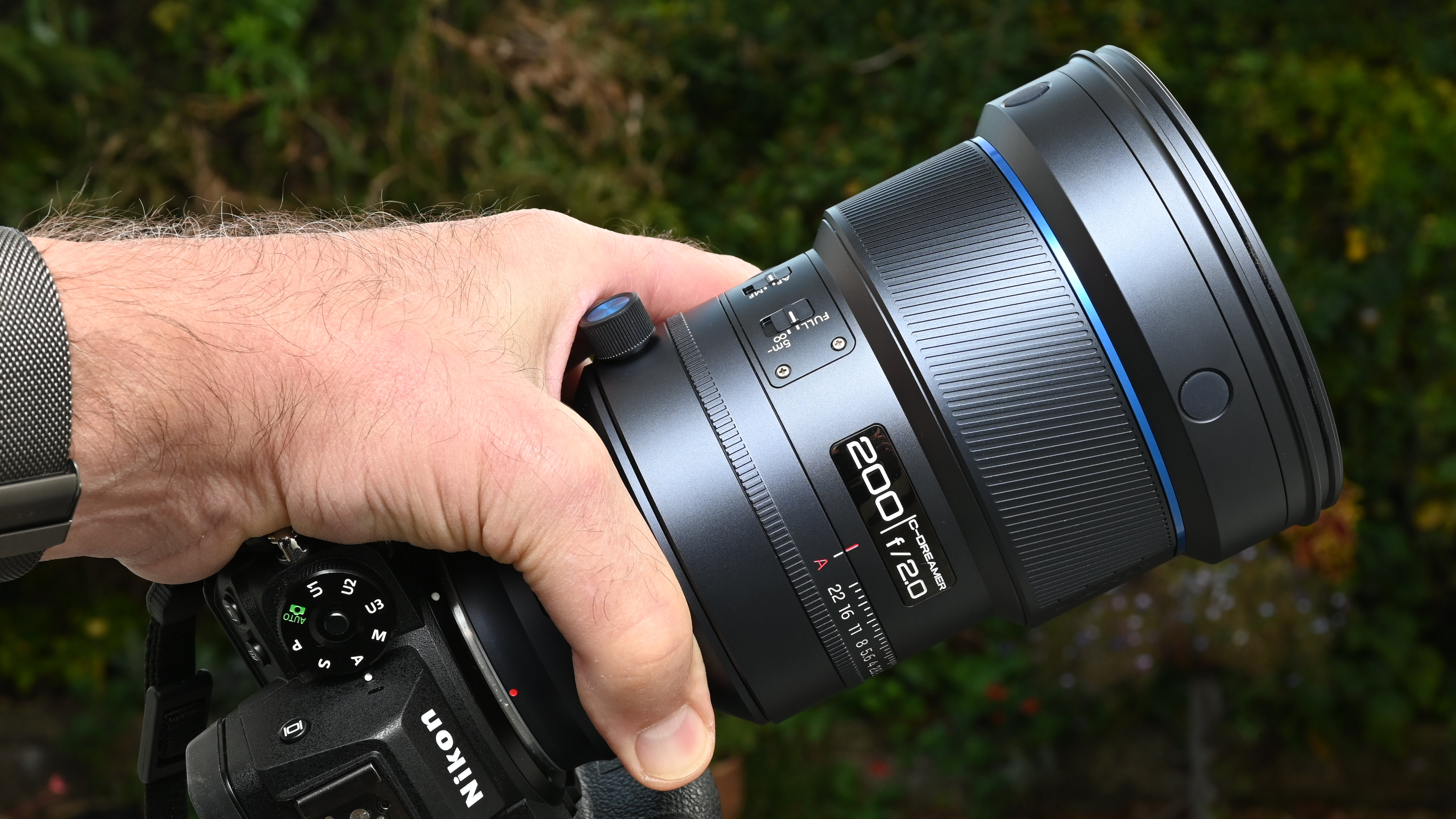
Laowa 200mm f/2 AF FF: Specifications
Mount options |
Canon EF, Nikon Z, Sony E |
Lens construction |
11 elements in 9 groups |
Angle of view |
12 degrees |
Diaphragm blades |
9 |
Minimum aperture |
f/22 |
Minimum focus distance |
1.5m / 4.92' |
Maximum magnification |
0.15x |
Filter size |
105mm, 43mm rear Z/E |
Dimensions |
118x177mm / 4.7x7.0" approx |
Weight |
1,588g / 3.5lb approx |
Laowa 200mm f/2 AF FF: Price
I wouldn’t expect fast telephoto lenses to come cheap and sure enough, the discontinued Canon EF 200mm f/2L IS USM used to cost $5,999, and the Nikon AF-S 200mm f/2G ED VR II sold for $4,559. As I’d also expect, the new Sigma 200mm f/2 DG OS Sports that’s designed for mirrorless Sony E and L-mount cameras is less expensive, with a price tag of $3,299 / £2,999 / AU$6,500.
The Laowa massively undercuts all of them, past and present, with a launch price of just $1,799 / £1,799 for the Canon EF edition and $1,999 / £1,999 for the Nikon Z or Sony E version.
Laowa 200mm f/2 AF FF: Design & Handling
It’s all relative. As Einstein said, “Put your hand on a hot stove for a minute, and it seems like an hour. Sit with a pretty girl for an hour, and it seems like a minute.” Sure, this lens is ‘relatively’ lightweight, being little more than half the weight of direct Canon and Nikon equivalents of old, but it still looks and feels an imposing beast of a lens. It weighs in at 1,588g / 3.5lb (more on that later) and is a decidedly chunky affair. Keeping the genius physicist in mind for a moment longer, or maybe L’Oréal, ‘here comes the science bit’. If you put a 200mm telephoto focal length plus a fast f/2 aperture on one side of the equation, large, wide-diameter glass elements will sit on the other.
Sure enough, it’s the optical elements that govern the girth of this lens, sucking in enough light to enable its f/2 aperture rating at 200mm. As such, the lens itself has a diameter of 118mm / 4.7" and comes complete with a 105mm front filter thread. Like I said, it’s big.
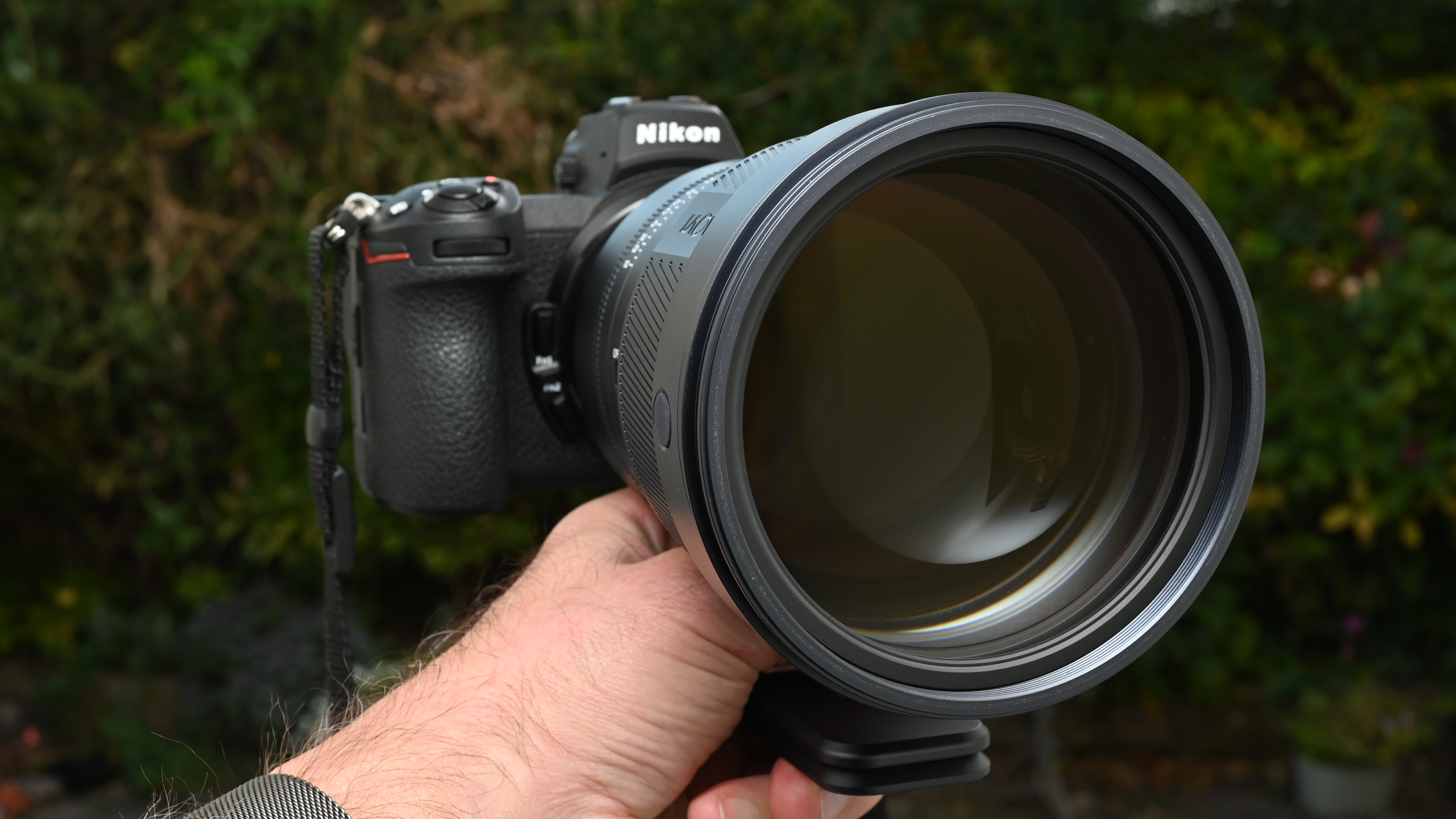
That big front element takes the lead role in an optical path that features 11 elements in all, arranged in 9 groups. Of these, specialist glass includes two ED (Extra-low Dispersion) elements, one AD (Anomalous Dispersion) element and one UHR (Ultra High Refractive index) element. The aim is for enhanced sharpness and clarity with the minimum of aberrations.
On the outside and somewhat unusually, the lens is finished in a beautifully deep shade of blue rather than black, and a gray version is available by special order. Just behind the front element at the forward end of the barrel is a rank of four customizable function buttons, set at 90-degree intervals. The upshot is that they fall neatly under the thumb in any and every shooting orientation. Just behind this is the manual focus ring, which is pleasantly tactile and operates with silky smoothness.
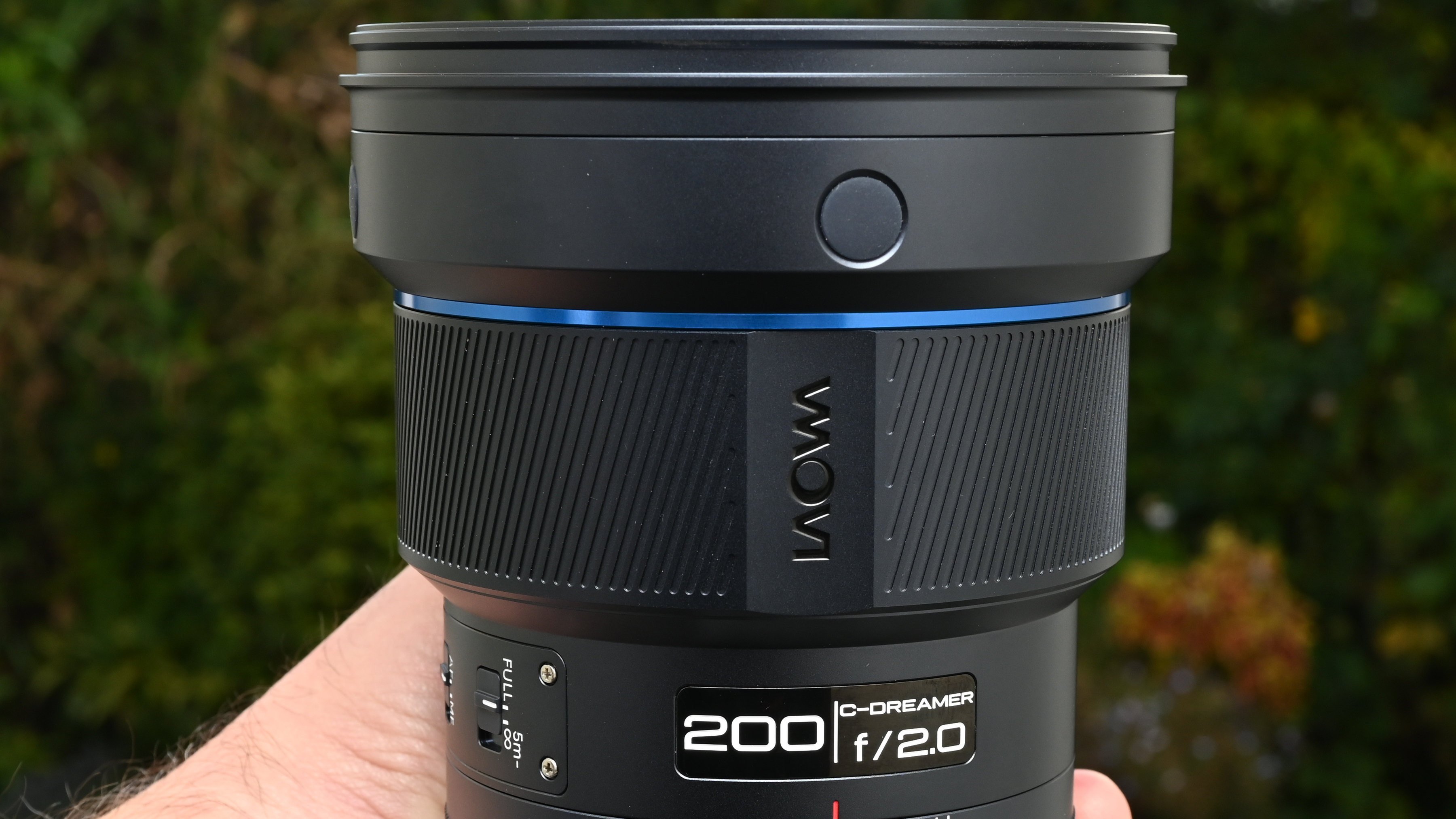
Behind the focus ring on the left hand side of the barrel are an AF/MF focus mode switch, along with an autofocus range limiter. The latter is a 2-way rather than 3-way switch, simply giving the option of locking out the short end of autofocus travel between 1.5m and 5m. You can therefore throw the switch and swap from full autofocus range to just the longer 5m to infinity segment. There’s also another customizable function button positioned just below the two focus mode/range switches.
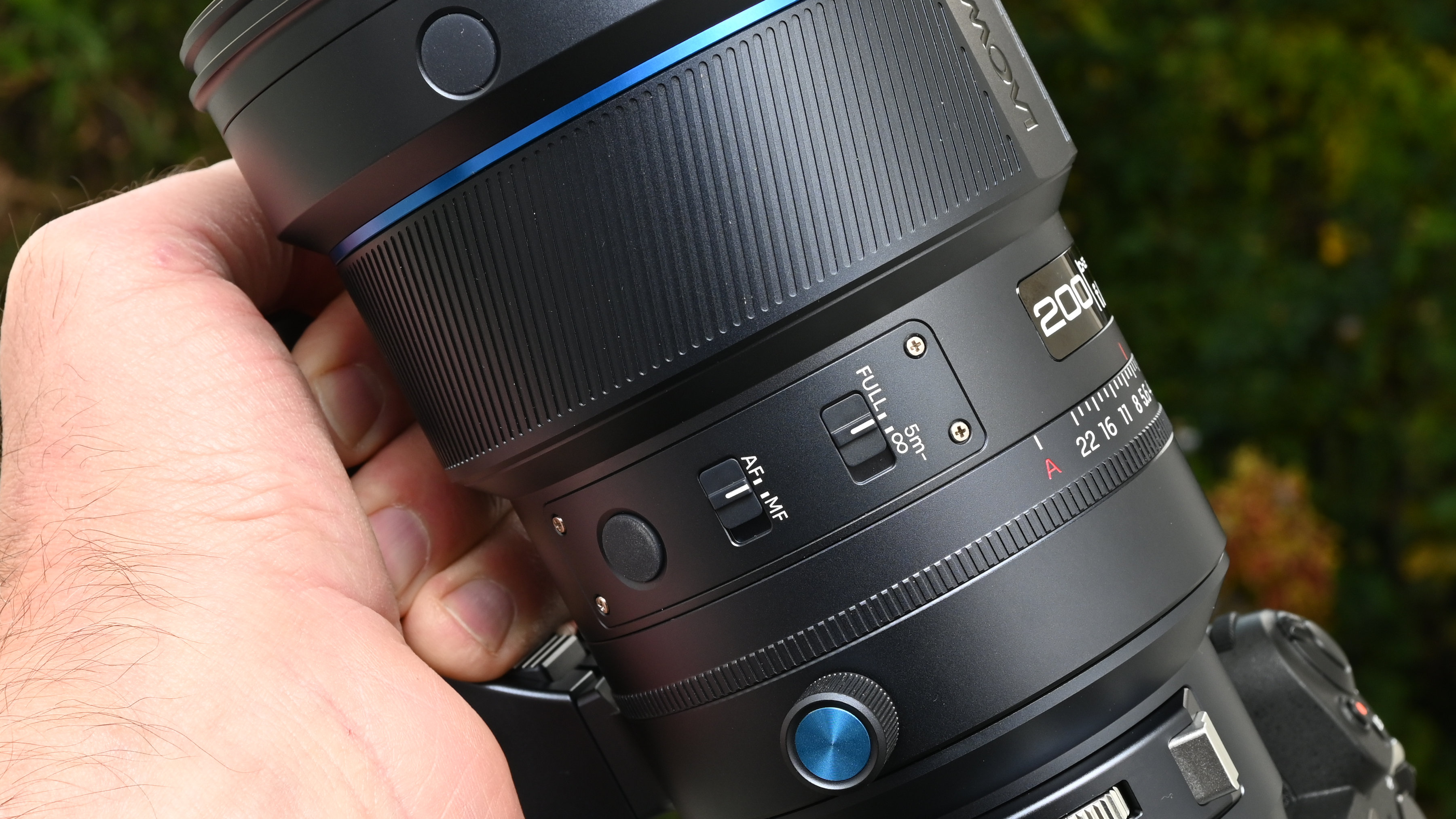
Continuing the hands-on appeal of the lens, there’s a physical aperture ring. It’s a control ring that’s dedicated to aperture adjustment rather than being multi-functional, which I like as it has the advantage of clear markings in one-third f/stop increments all the way from f/2 to the narrowest available aperture of f/22. There’s also an ‘A’ (Auto) position, for camera-controlled aperture adjustment. You’ll need this for the likes of Program and Shutter-priority shooting modes. One slight criticism of mine is that, as with many modern lenses that feature aperture control rings, there’s no locking switch to lock it at the Auto setting. As such, a little care is needed not to nudge it from this setting accidentally.
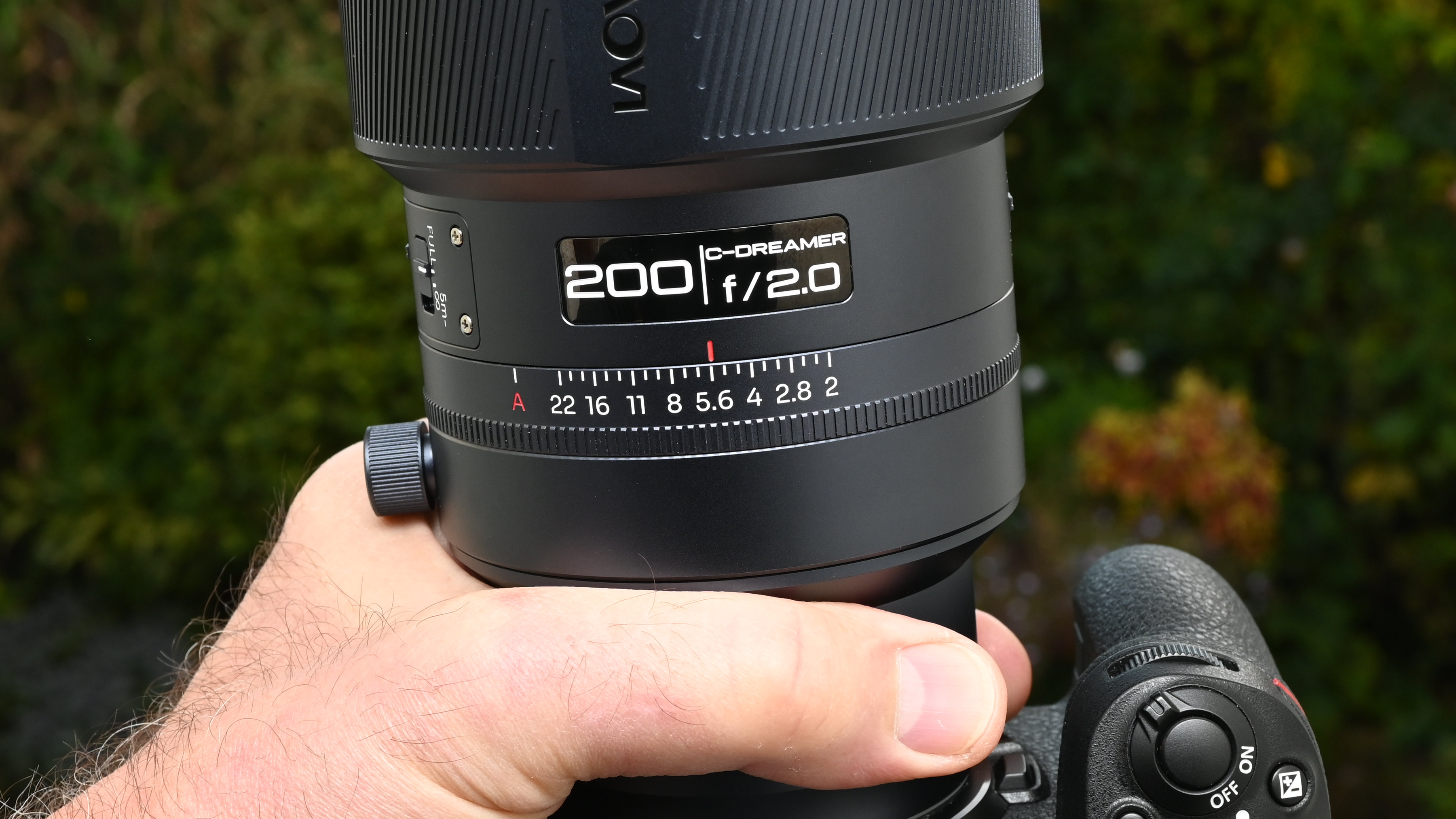
We’re all gone video crazy nowadays and few of us only shoot stills. The Laowa obliges with a click/de-click switch, which is positioned on the right hand side of the barrel. It’s clearly marked, easy to use, and enables stepless, silent aperture adjustments when shooting video. Enough said.
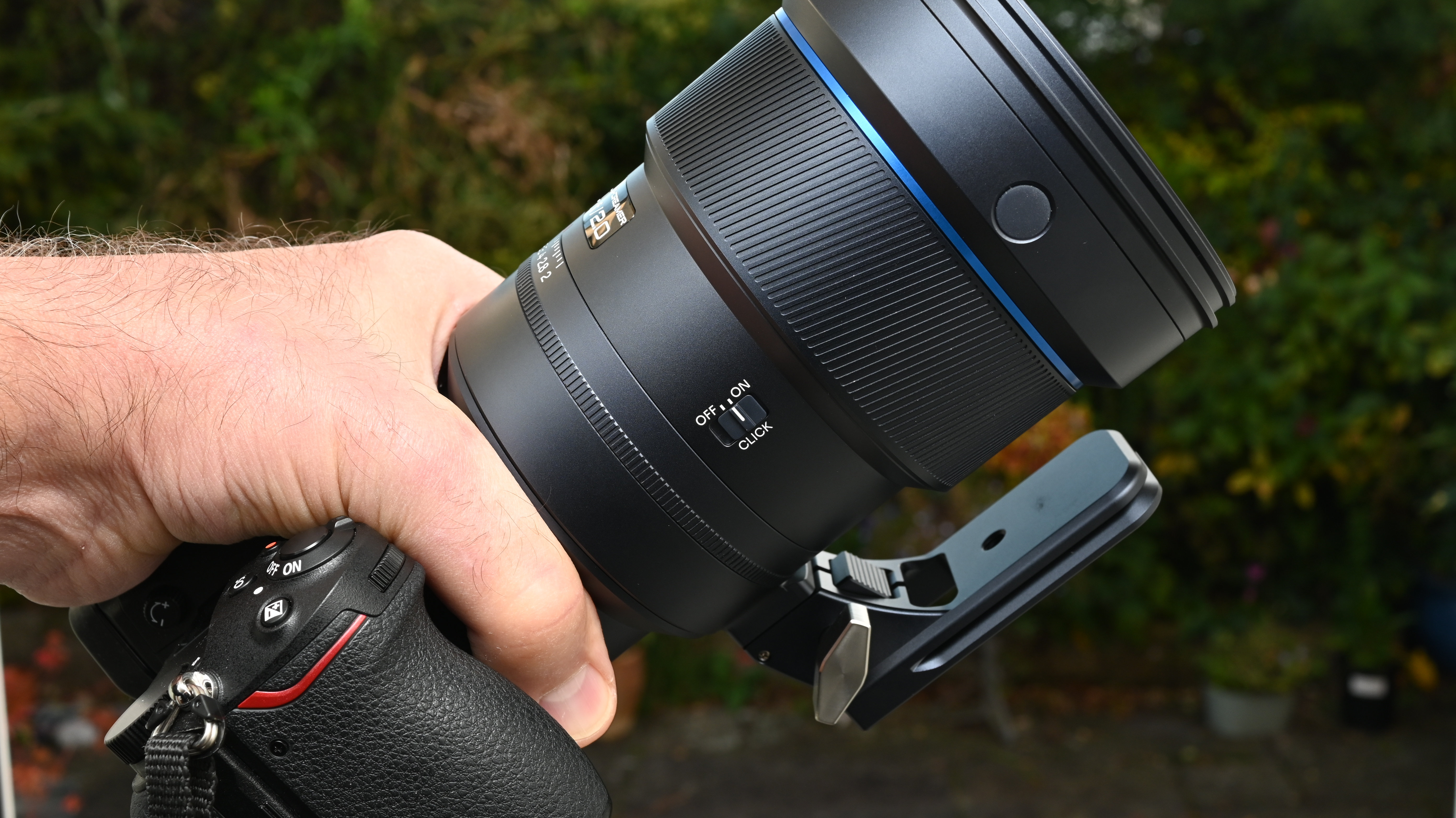
Not all lenses are created equal, and not even all versions of this exact same lens are identical. The Nikon Z and Sony E mount editions both feature a 43mm drop in filter at the rear, and it’s a rather nice one at that. As well as having quick and simple pinch-action levers for releasing the holder and swapping between filters, it also has a thumbwheel for adjusting rotation-specific filters like circular polarizers, when they’re in situ and held within the lens. Adopters of the Canon EF version of the lens might feel a little miffed that the filter holder is absent from their version.
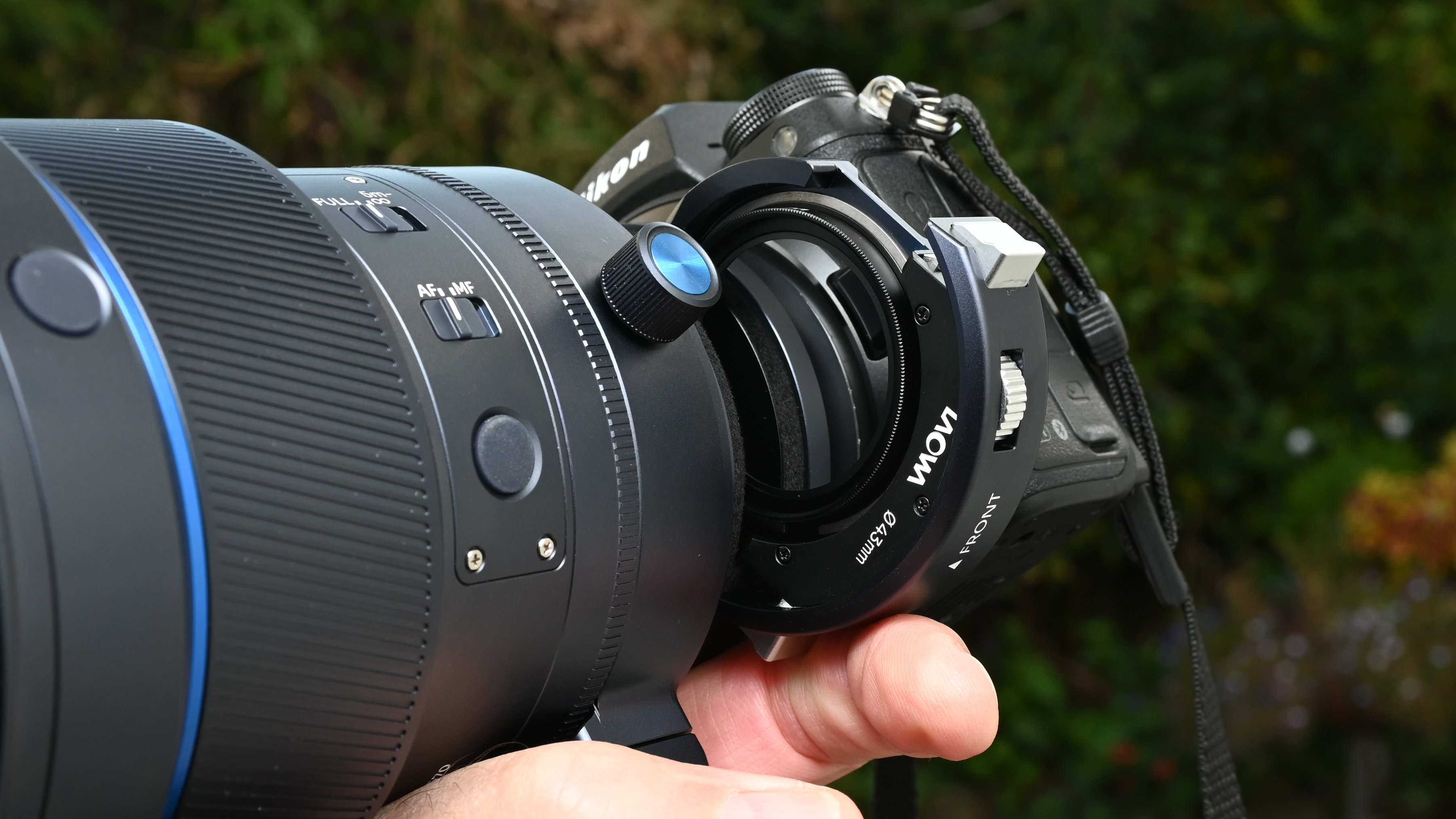
I said I’d get back to the weight of the lens, so let’s do it. At the risk of repetition, it’s 1,588g / 3.5lb. Yes it’s a lot lighter than the old Canon and Nikon 200mm f/2 lenses and a bit lighter than the Sigma equivalent, but the Laowa is definitely no lightweight. I found the lens was light enough to enable long periods of handheld shooting but I wouldn’t want to mount it on a tripod or monopod via the attachment socket in my camera body. I’m thankful therefore that the Laowa has a rather nice tripod mounting ring which operates smoothly and has click steps at 90-degree intervals for easy leveling.
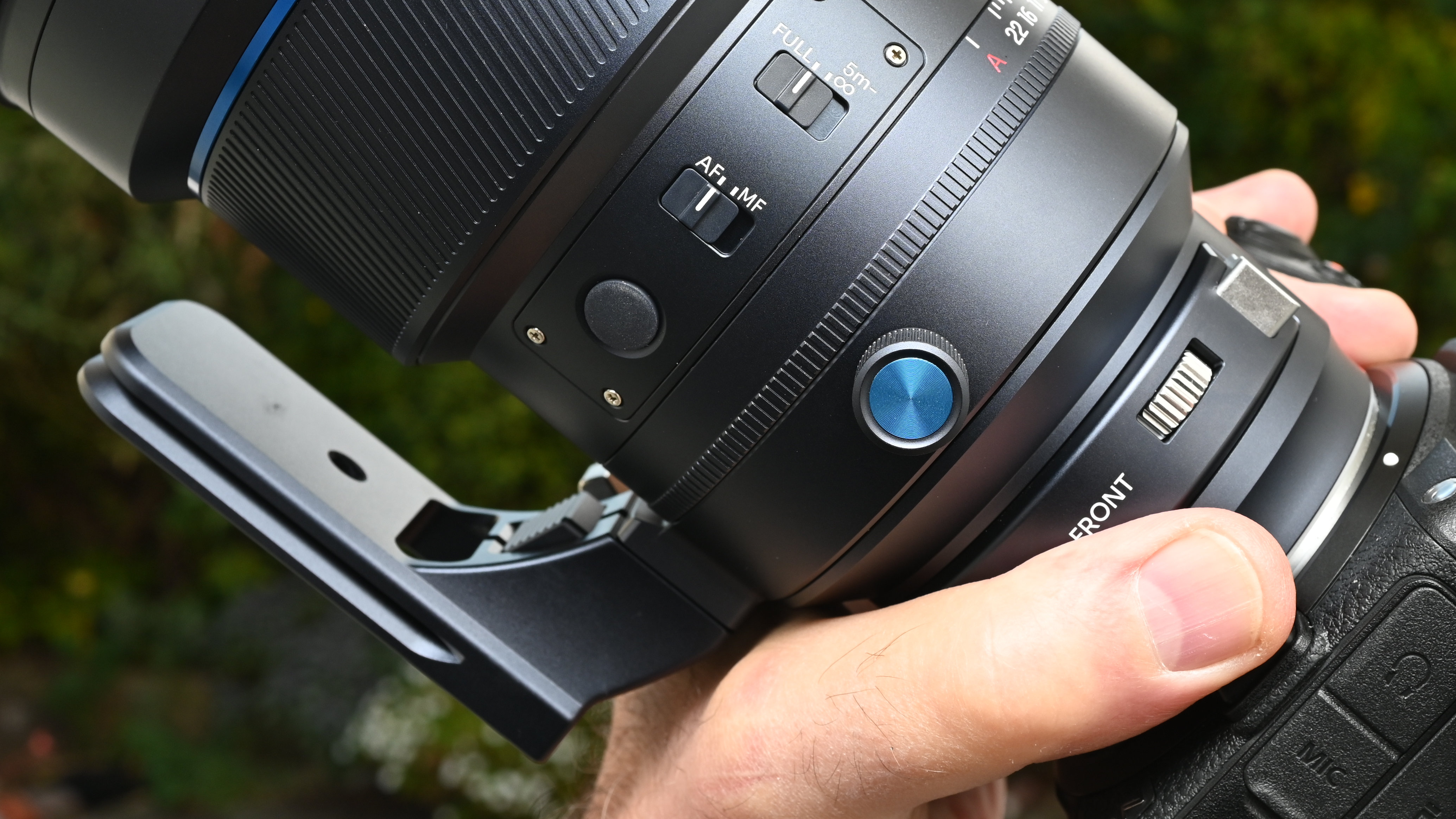
If you’d rather have a more streamlined lens without a protruding tripod mounting ring, you can’t remove it altogether. However, while the ring stays in place, you can remove the foot after which you’re left with a relatively small square stub that takes up very little space. Going ‘belt and braces’ on safety, there’s a lock/release screw for the foot, plus a pushbutton for releasing it. The foot itself follows the recent trend of having an Arca-Swiss profile, so you can mount it directly into a compatible tripod head without having to use an additional quick-release plate.
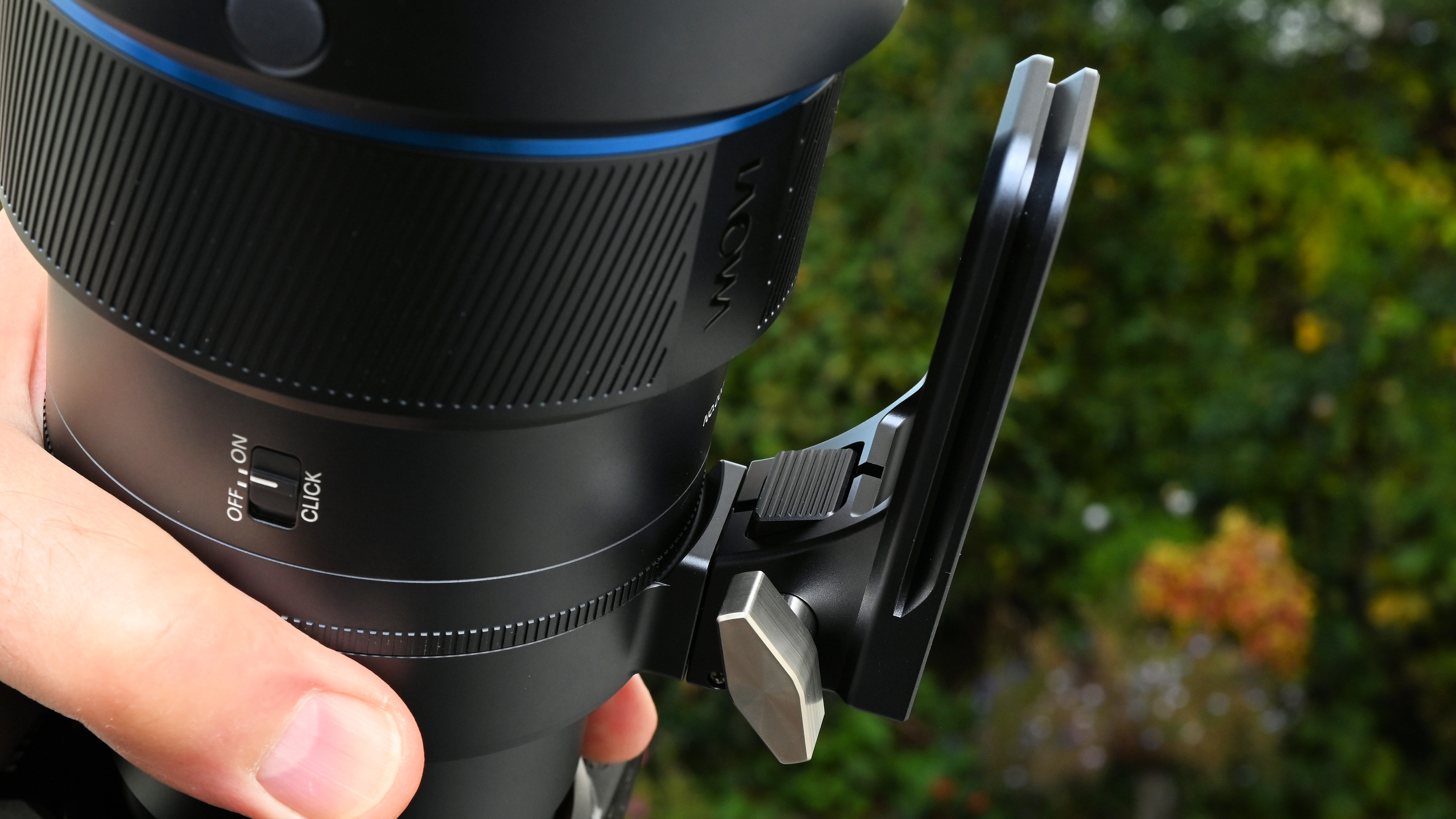
The Laowa also goes large on its hood, which has a circular rather than petal-shaped profile. It’s not a bayonet-fit hood but instead uses a lock/release screw which is quite common among large-diameter hoods for telephoto lenses. It’s also reversible so you can mount it backwards on the lens to save stowage space.
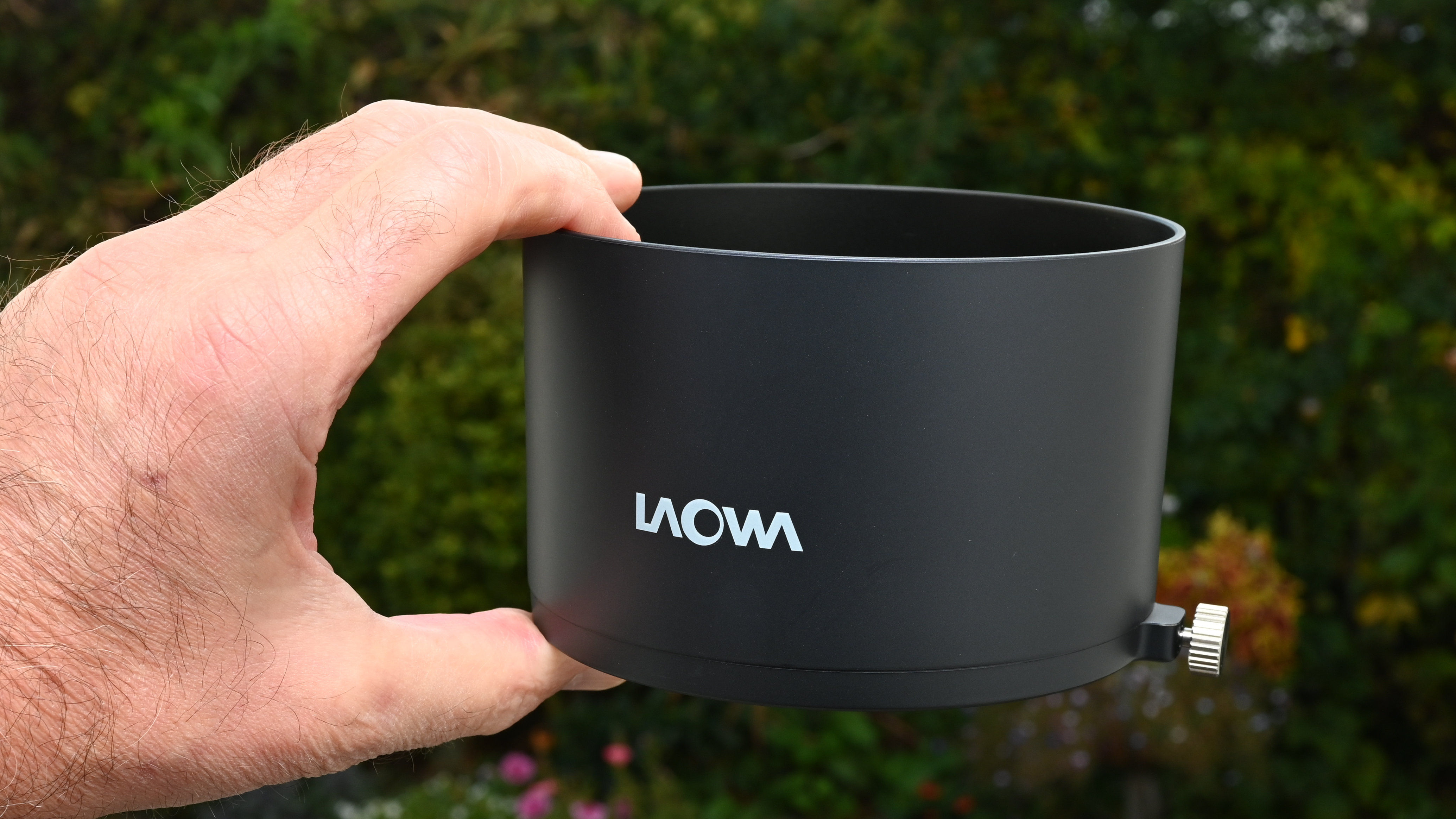
To do a proper job, the hood is quite large as is fitting for a telephoto lens. When it’s mounted in its forward-facing business orientation, it does add quite a bit to the overall length of the lens but there’s really no way around that.
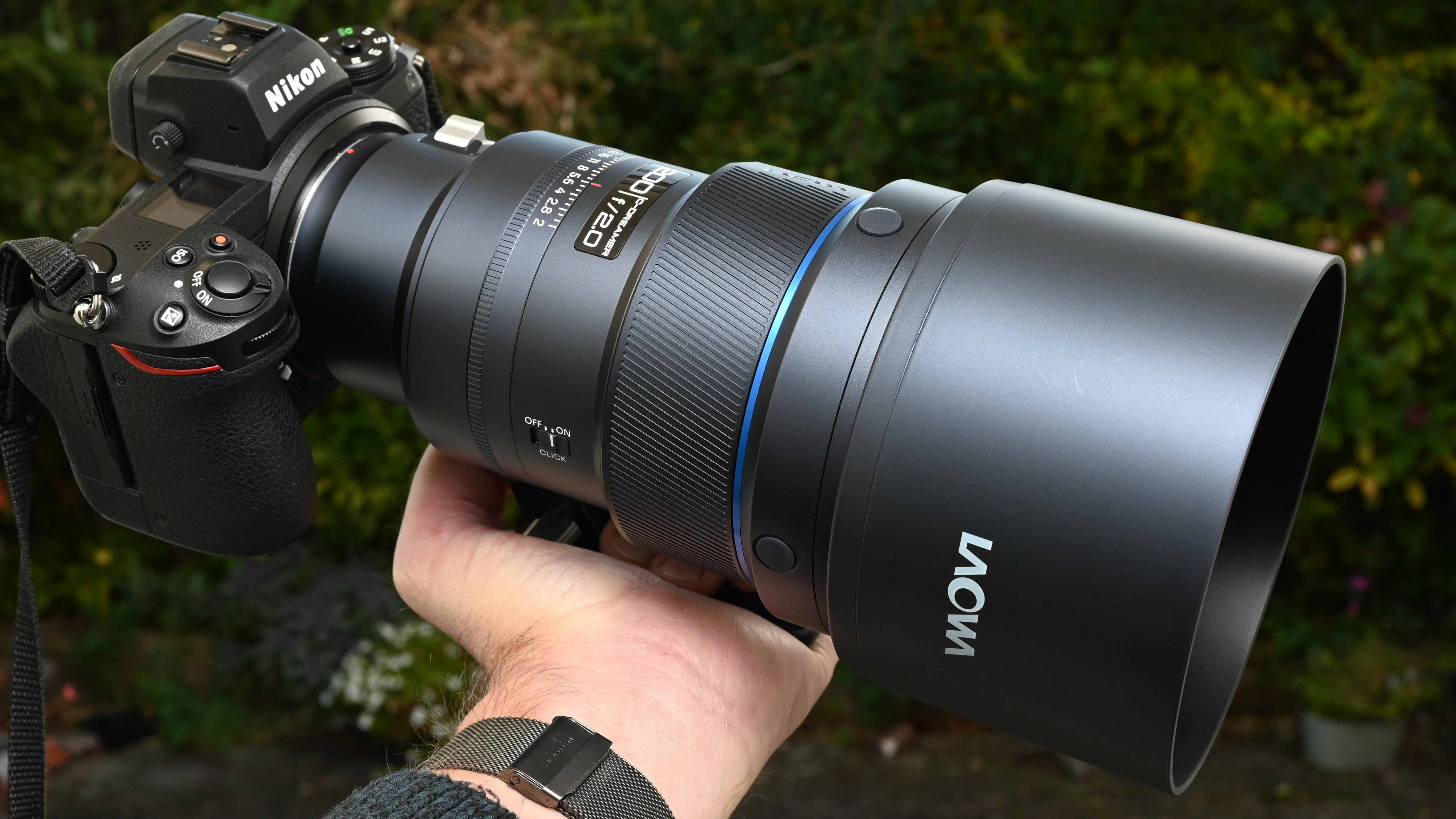
At the back end of the lens is naturally the mounting plate. As with the rest of the lens, it has a high-quality look and feel. As I’d expect, it’s made from metal rather than plastic and features a weather-seal gasket, as well as gold-plated electronic contacts.
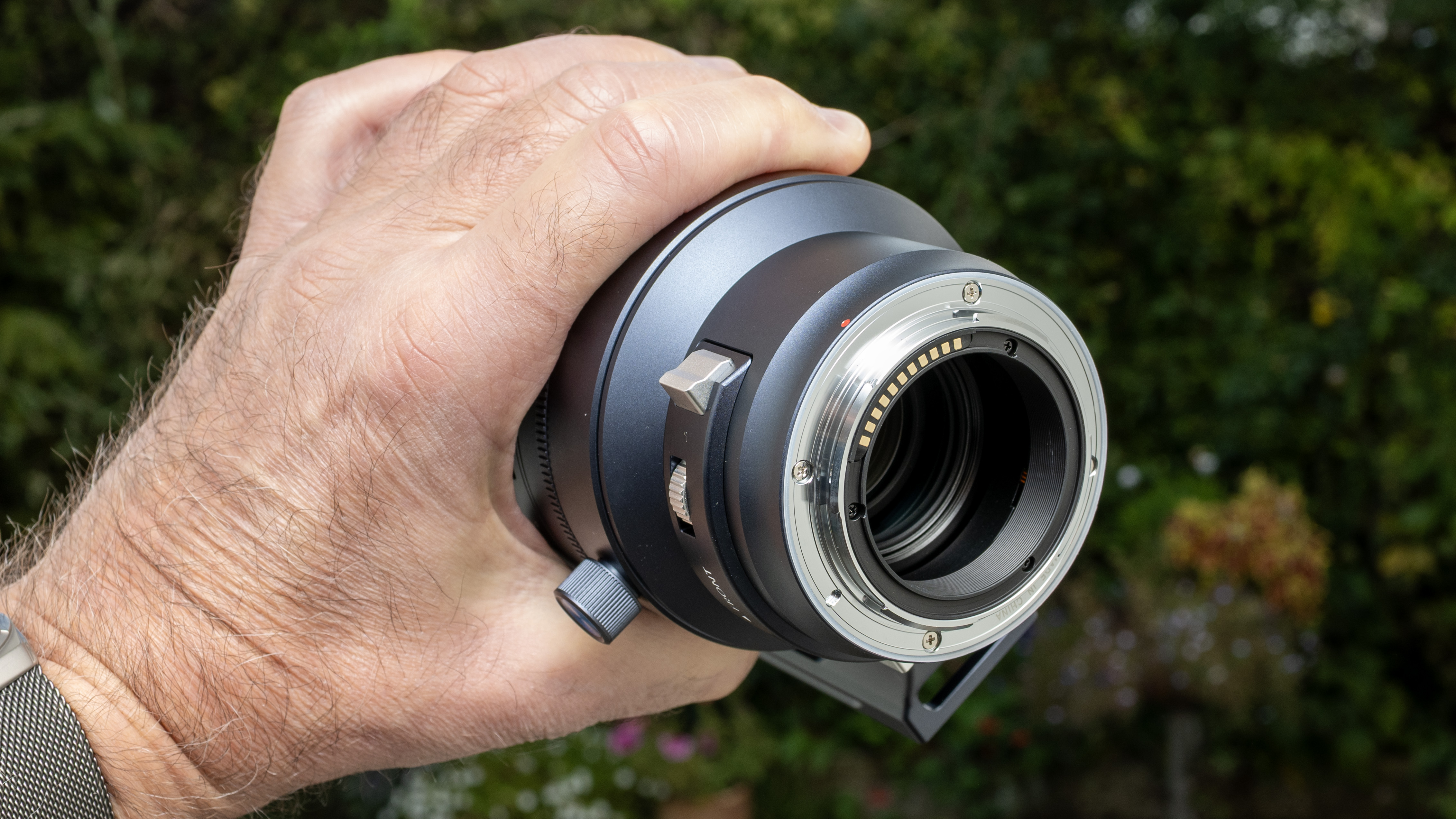
Laowa 200mm f/2 AF FF: Performance
I always think that the performance of any lens boils down to whether or not it delivers the results I want, and handling plays a large part in this. I’m happy that the weight of the lens is sufficiently light to enable long periods of handheld shooting, which is often essential for sports and wildlife photography, to which the focal length is well suited. Moreover, the advanced controls including customizable function buttons, click/de-click aperture ring and the autofocus range limiter all boost performance in practical terms, for both stills and videography.

Naturally, the bottom line is image quality. The Laowa does impressively well in all areas. Sharpness is excellent even when shooting wide-open at f/2. There’s plenty of bite on tap, with very good clarity and contrast even when shooting under very dull lighting conditions. The quality of bokeh always comes to the fore when shooting with fast lenses and, again, the Laowa is very convincing. There’s a natural looking fall-off between focused and defocused areas, the latter looking smooth and dreamy, and with negligible longitudinal chromatic aberration (LoCA) or ‘bokeh fringing’. The 9-blade aperture isn’t quite as well-rounded as in some recent lenses that feature an 11-blade aperture, including the new Sigma 200mm f/2, but it still retains high-quality bokeh when stopping down a little.

Obvious choices for using this lens are action, sports, wildlife and event photography, as well as portraiture, landscapes and even astrophotography. It’s nothing if not versatile! In most cases, the main attraction is being able to cover the distance with its 200mm focal length, along with a fast aperture that can isolate the main subject within a scene, with a tight depth of field. Meanwhile, at medium to narrow apertures, the focal length delivers a compressed perspective, which can be useful in landscape scenarios and for creative effect.

Autofocus isn’t the quickest I’ve ever used. It doesn’t exactly snap into place but is nevertheless well able to track moving subjects in sports and wildlife scenarios. I also found that it worked well in subject-recognition modes with continuous autofocus. Face/eye focus tracking is a major bonus for portraiture with this lens and I found that it gave an excellent hit rate with highly consistent accuracy, when testing the lens with my Nikon Z 6II.
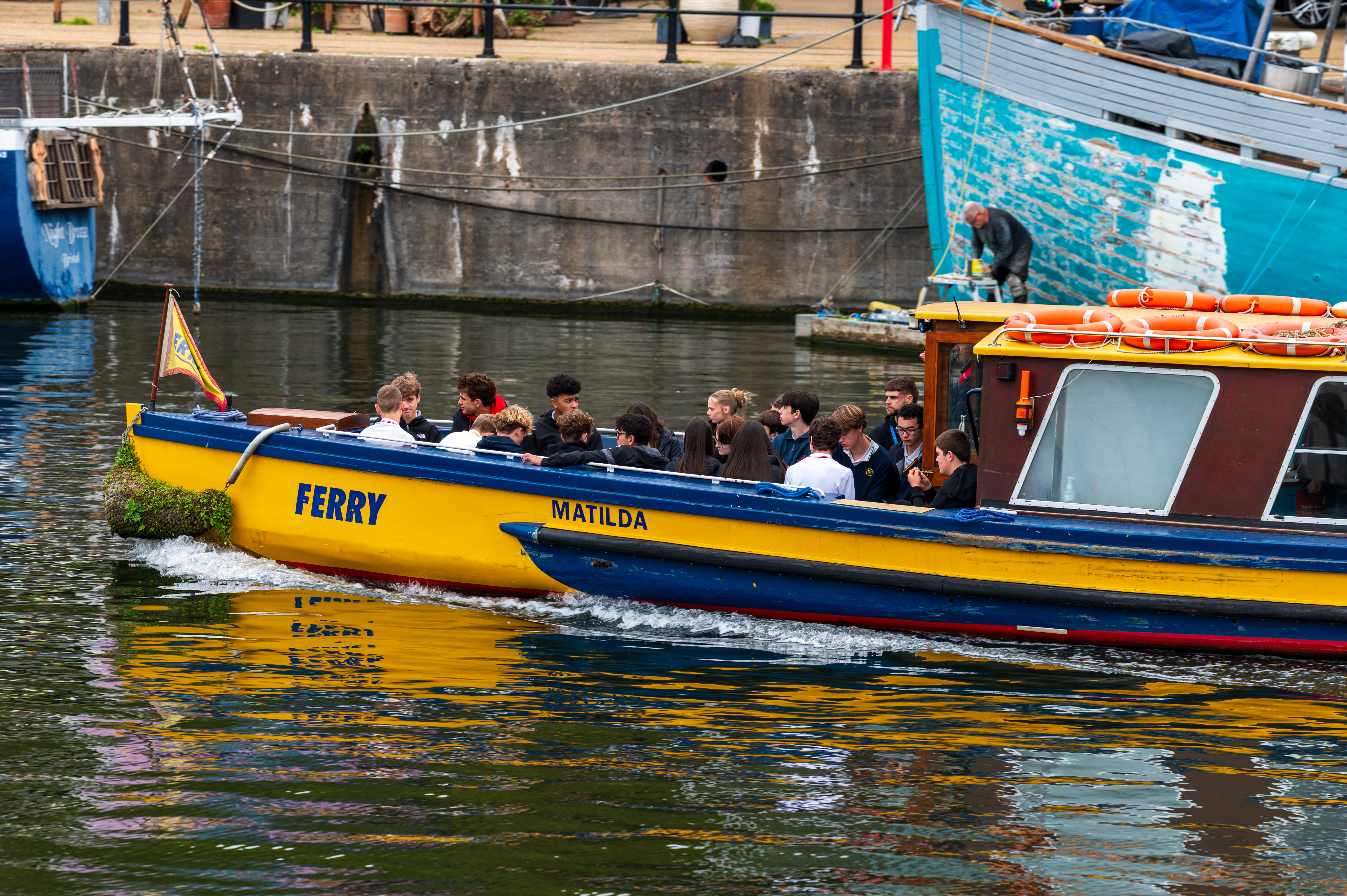
A glaring omission in the lens is optical stabilization. This was featured in the obsolete Canon and Nikon 200mm f/2 lenses, as well as in the new Sigma equivalent where it’s rated at 6.5-stop performance. To some extent, you’re covered by IBIS (In-Body Image Stabilization) featured in all Nikon Z full-frame bodies and all but the first generation Sony mirrorless full-frame cameras. If you buy the Canon EF version of the Laowa, you might well miss stabilization which isn’t featured in any Canon DSLRs or the first generation of EOS R mirrorless cameras, which are viable with an EF-EOS R mount adapter. Either way, optical stabilization tends to be more effective than IBIS when using telephoto lenses. I found that the IBIS of my Nikon Z 6II gave me roughly a 3-stop advantage, enabling consistently sharp handheld shots at shutter speeds down to 1/25th of a second.
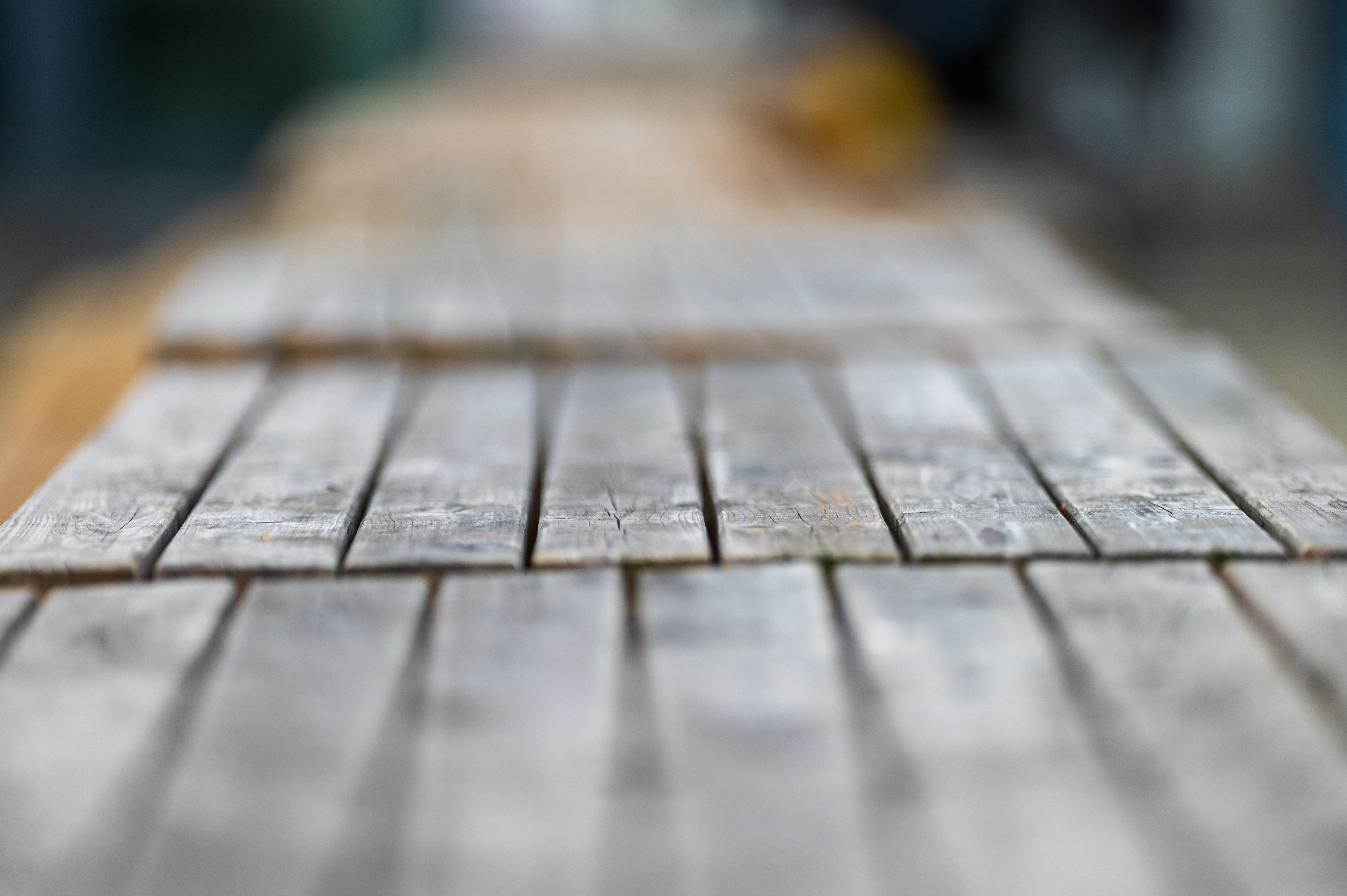
You could argue that image stabilization is less of a necessity due to the relatively fast f/2 aperture enabling quick shutter speeds under low lighting conditions, without having to bump up your camera’s ISO setting very far. However, you might well want to use narrower apertures to enable a larger depth of field, which can be very tight in close-up to medium-distance shooting.
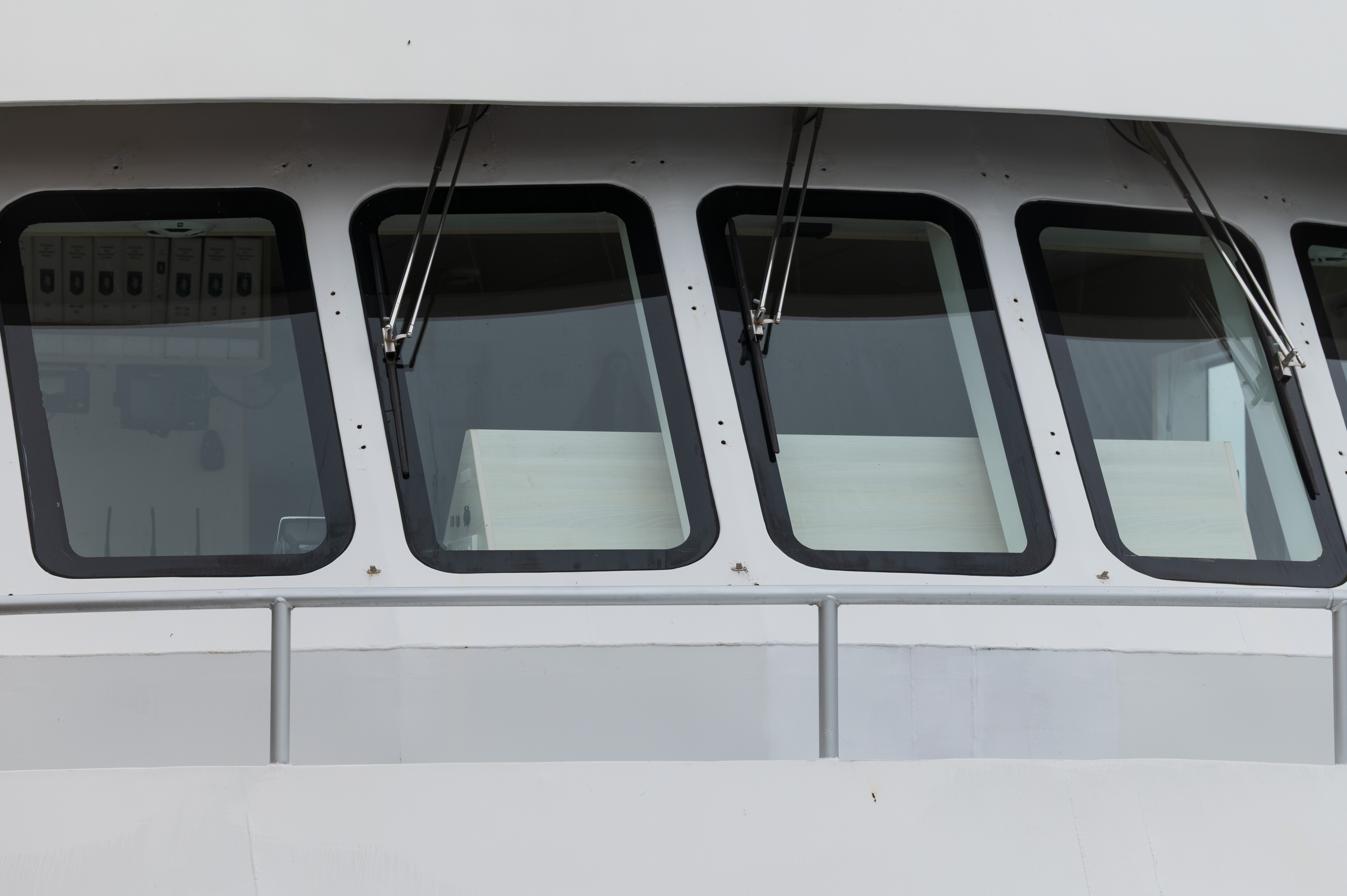
Laowa 200mm f/2 AF FF: Sample Images
Based on a tough test for the lens, the following gallery contains example shots taken in very overcast, dull lighting conditions in the floating harbor of the English city of Bristol. I’ve included a variety of shots, some based on the widest aperture of f/2 to highlight the qualities of bokeh with a small depth of field, and others using a medium aperture of f/5.6 to show image quality at more general settings.

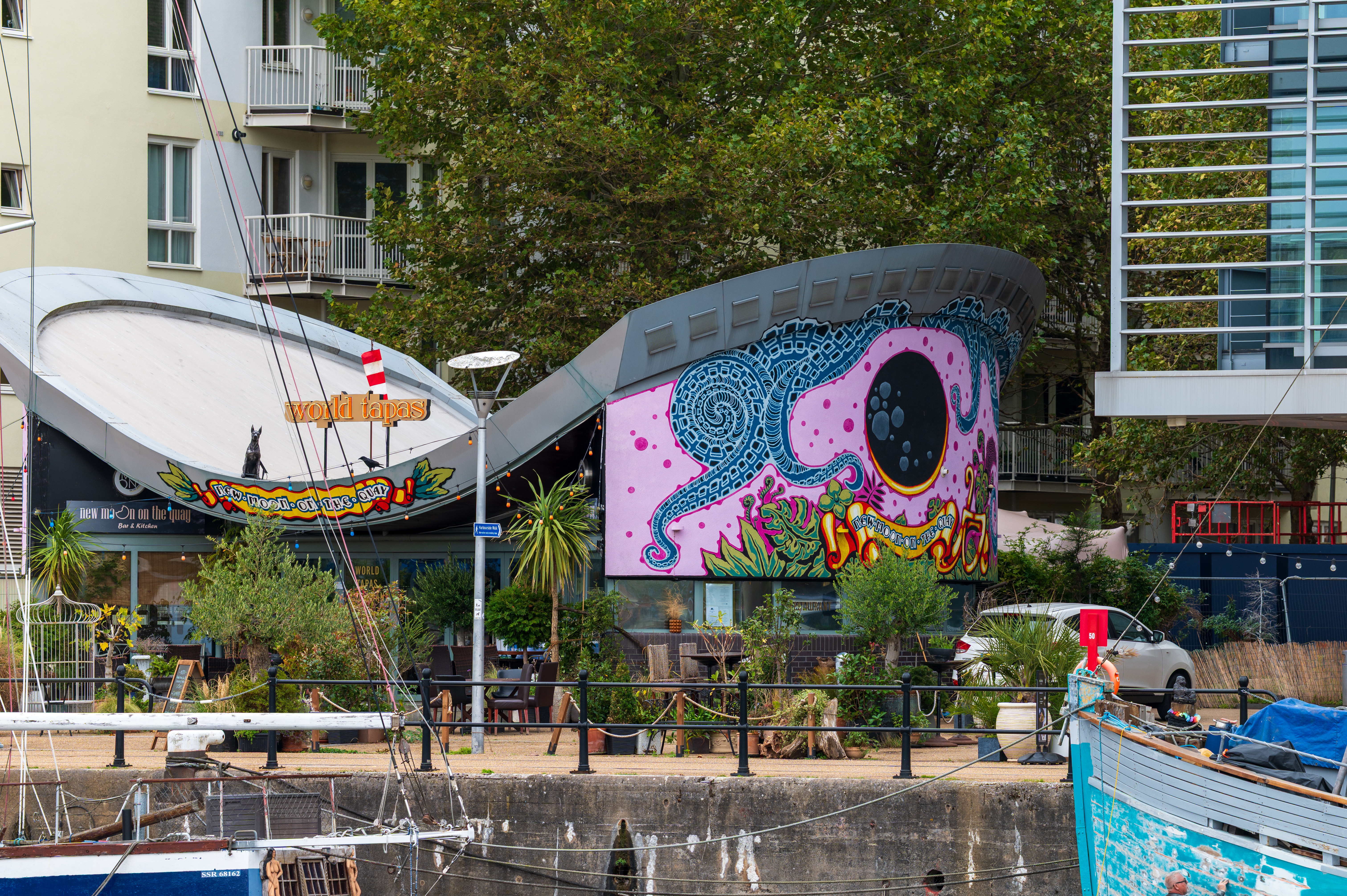


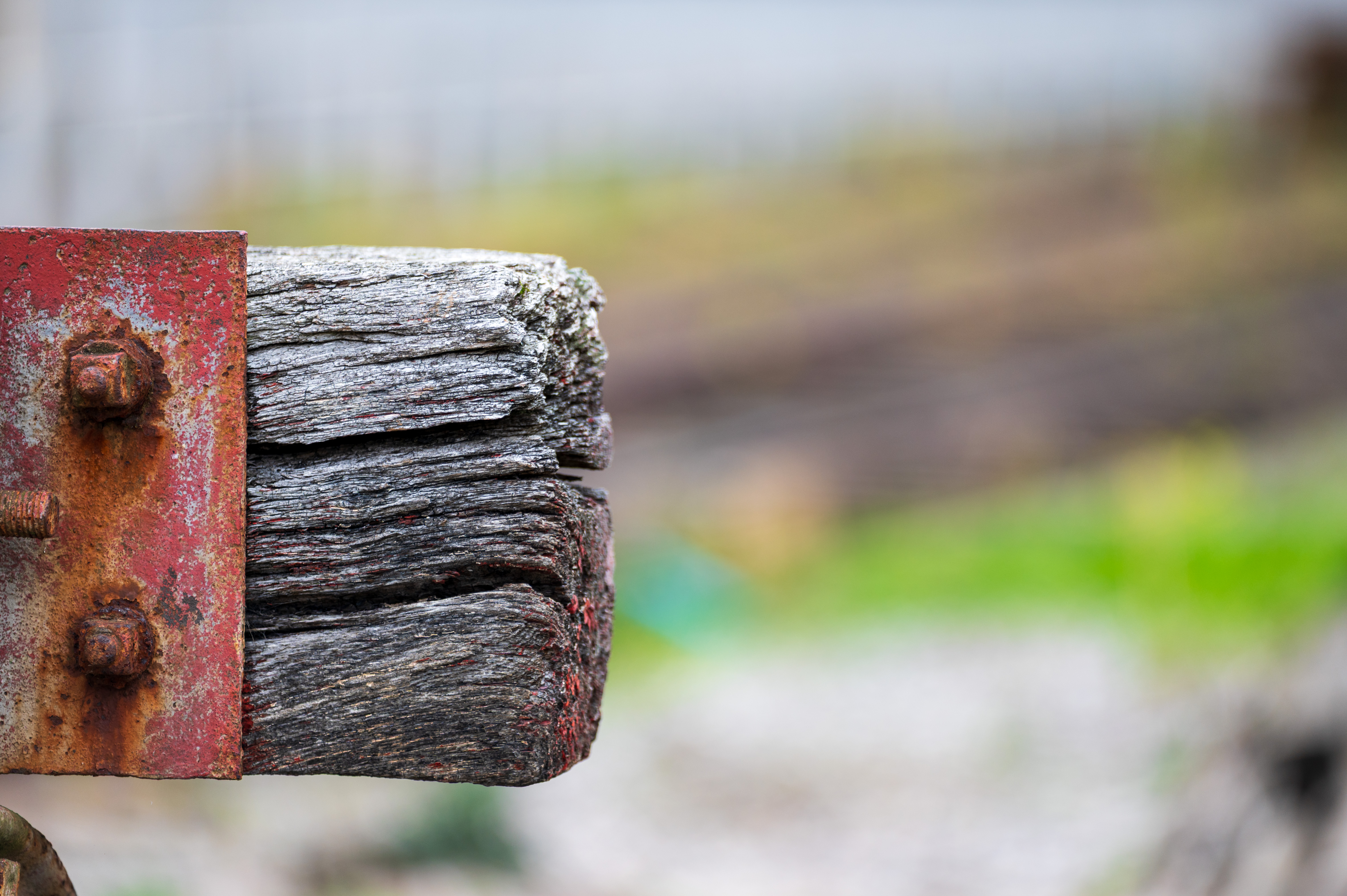
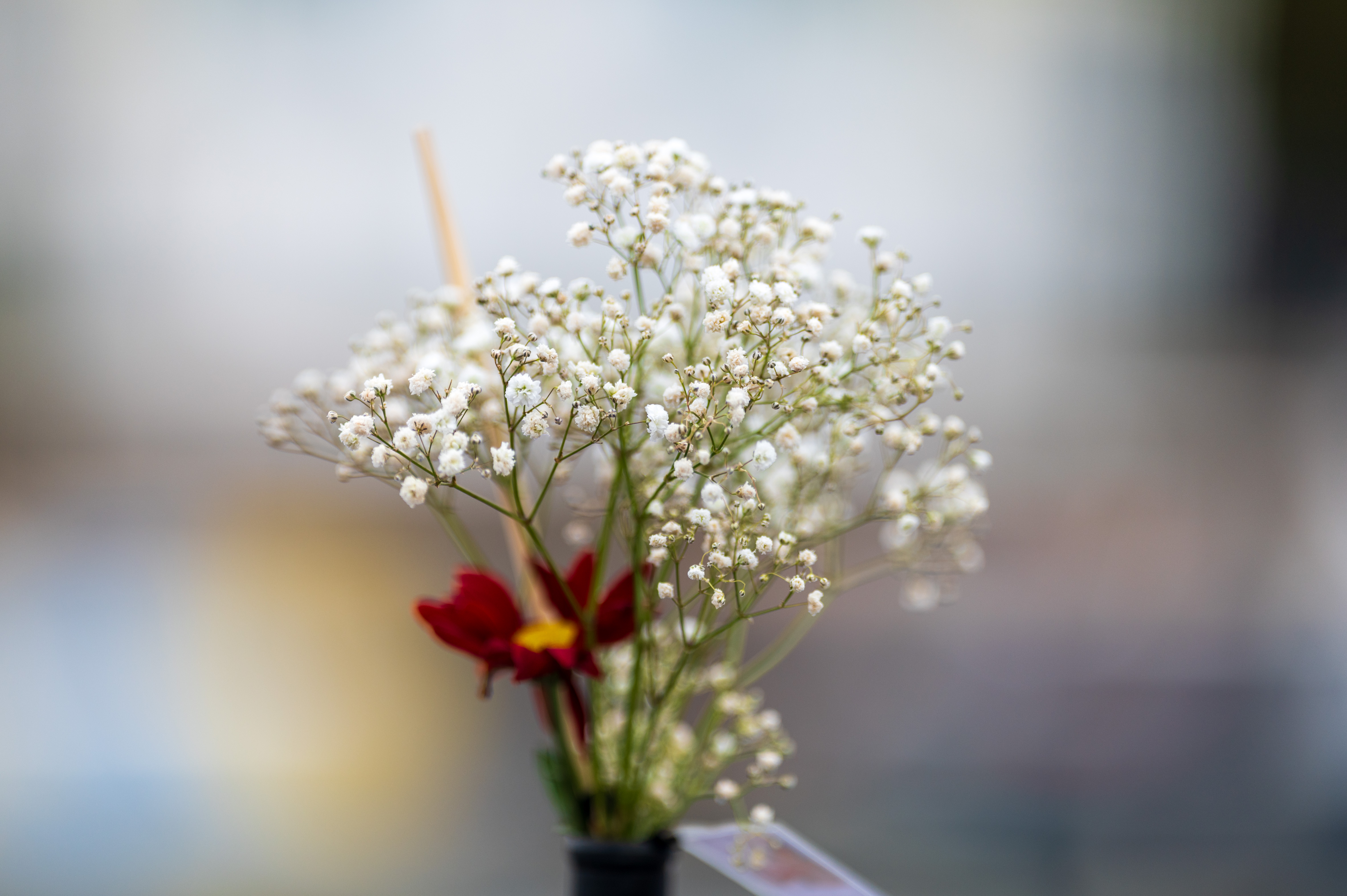


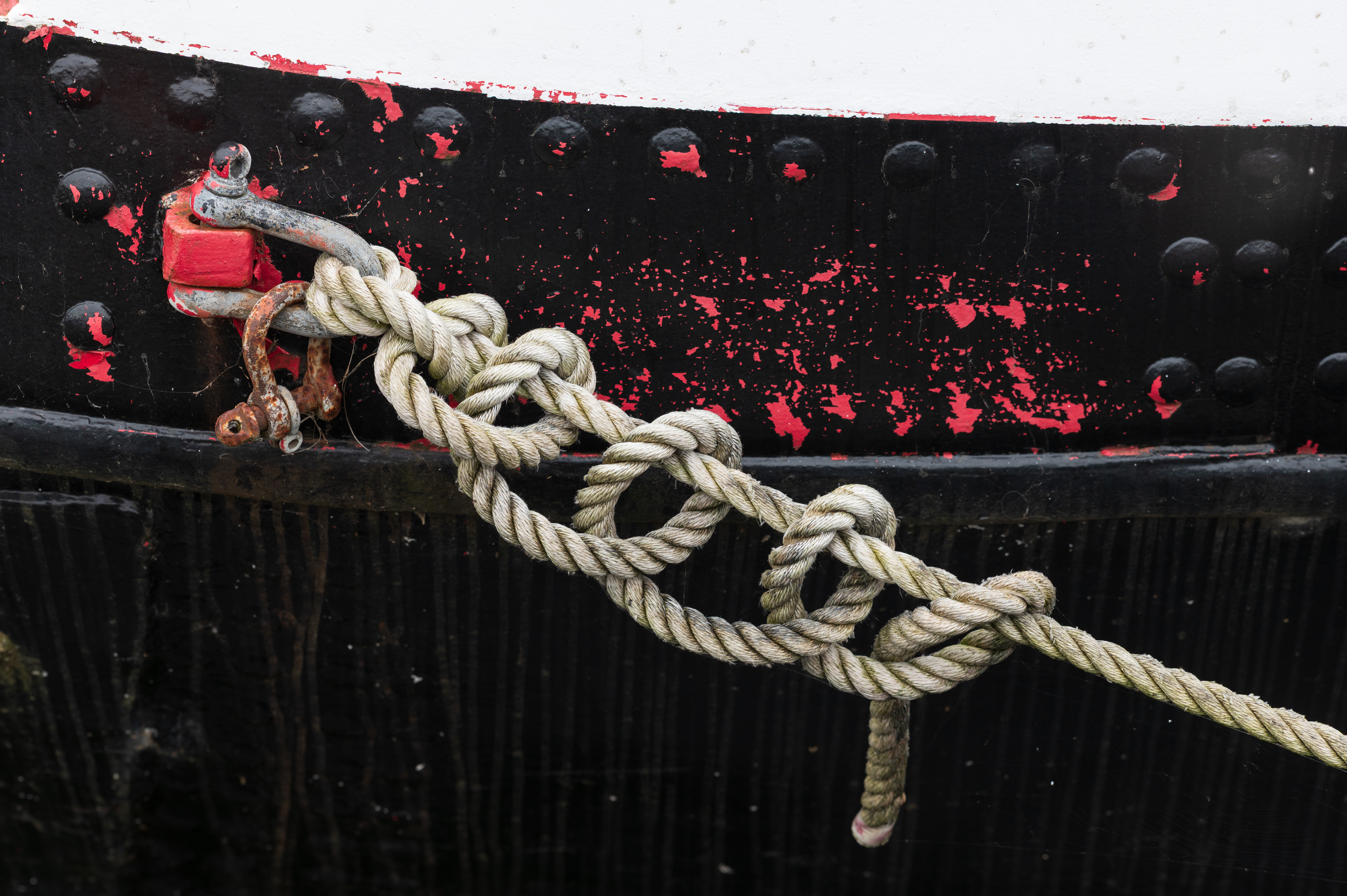


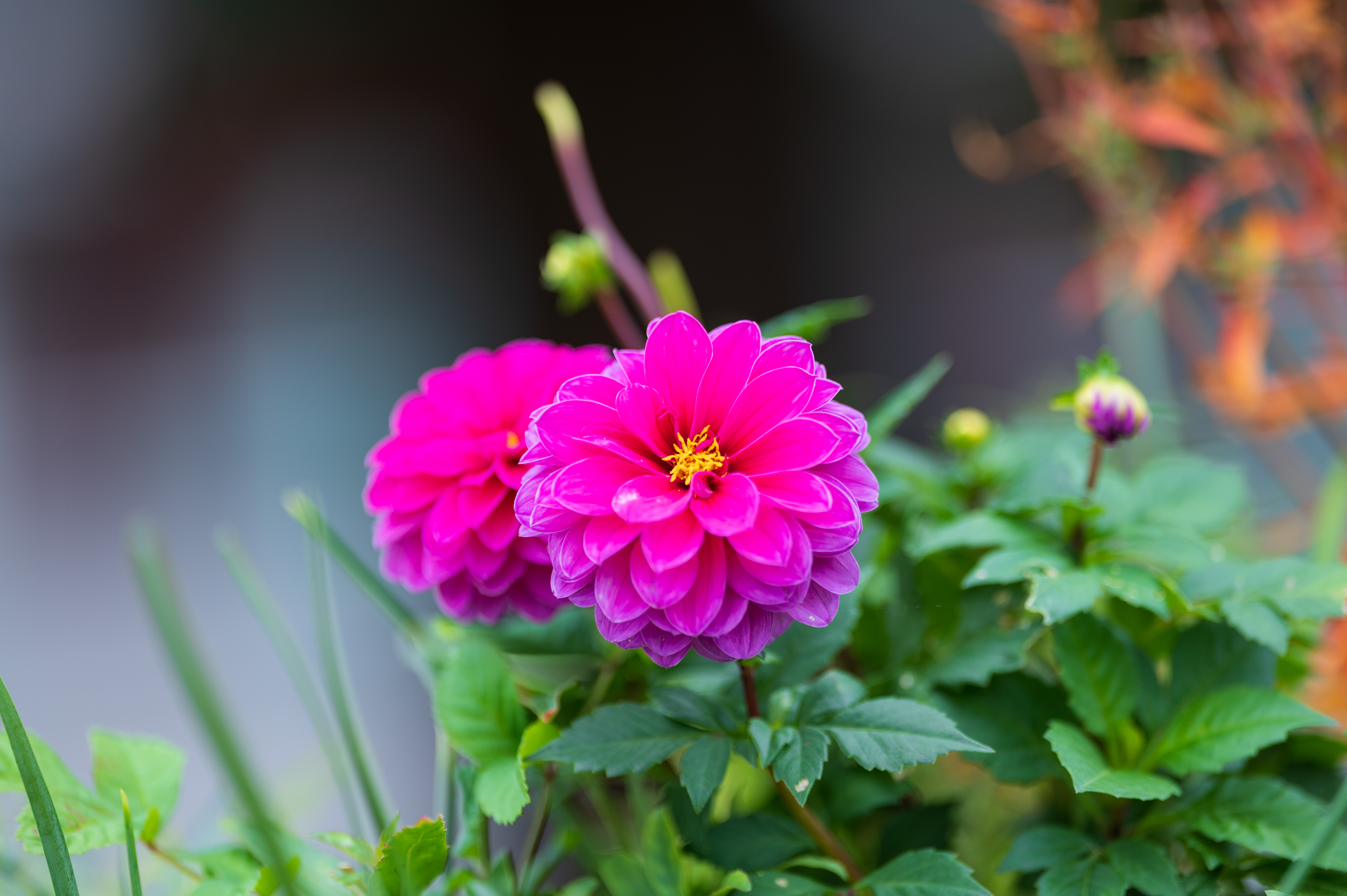
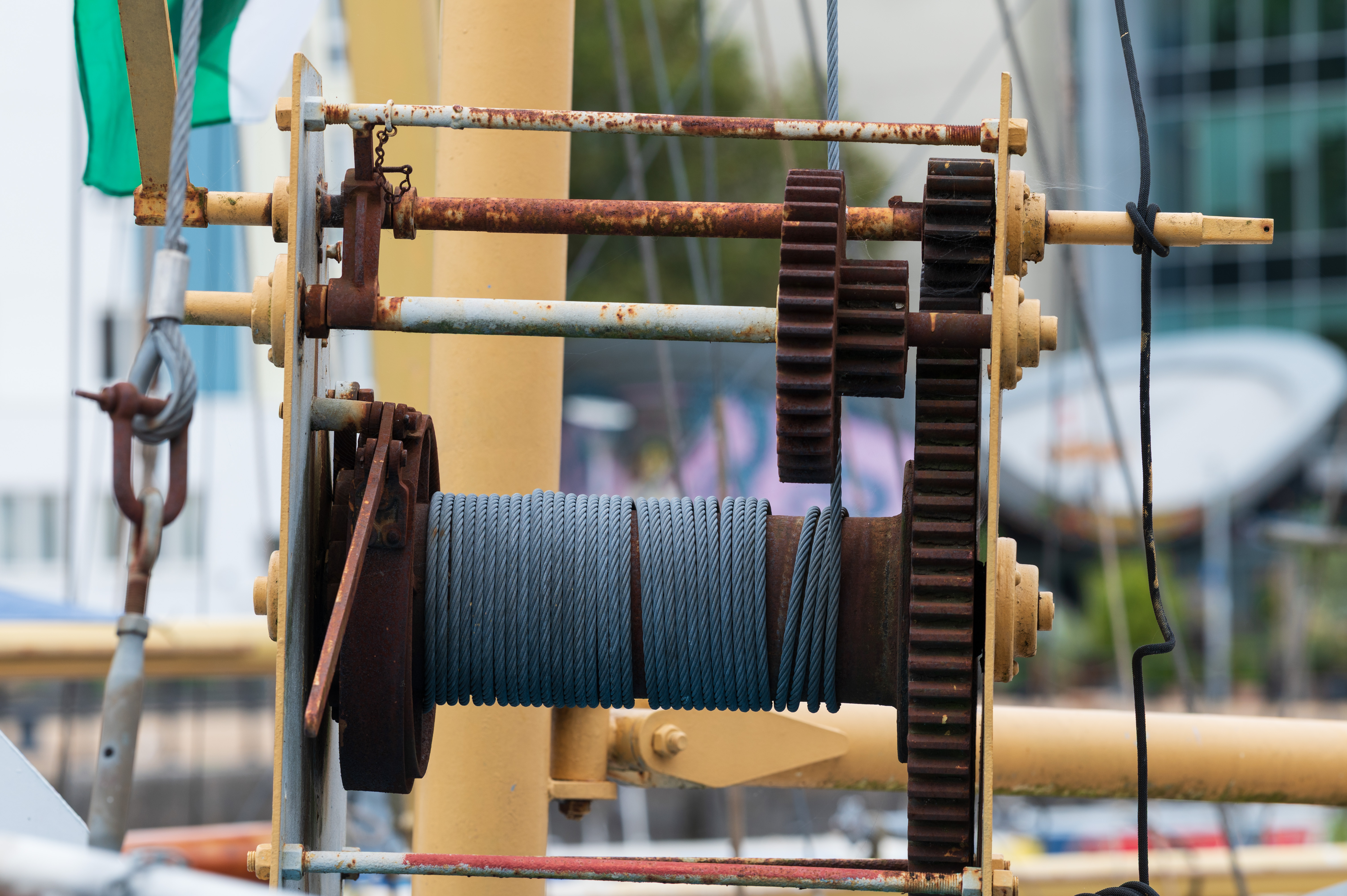



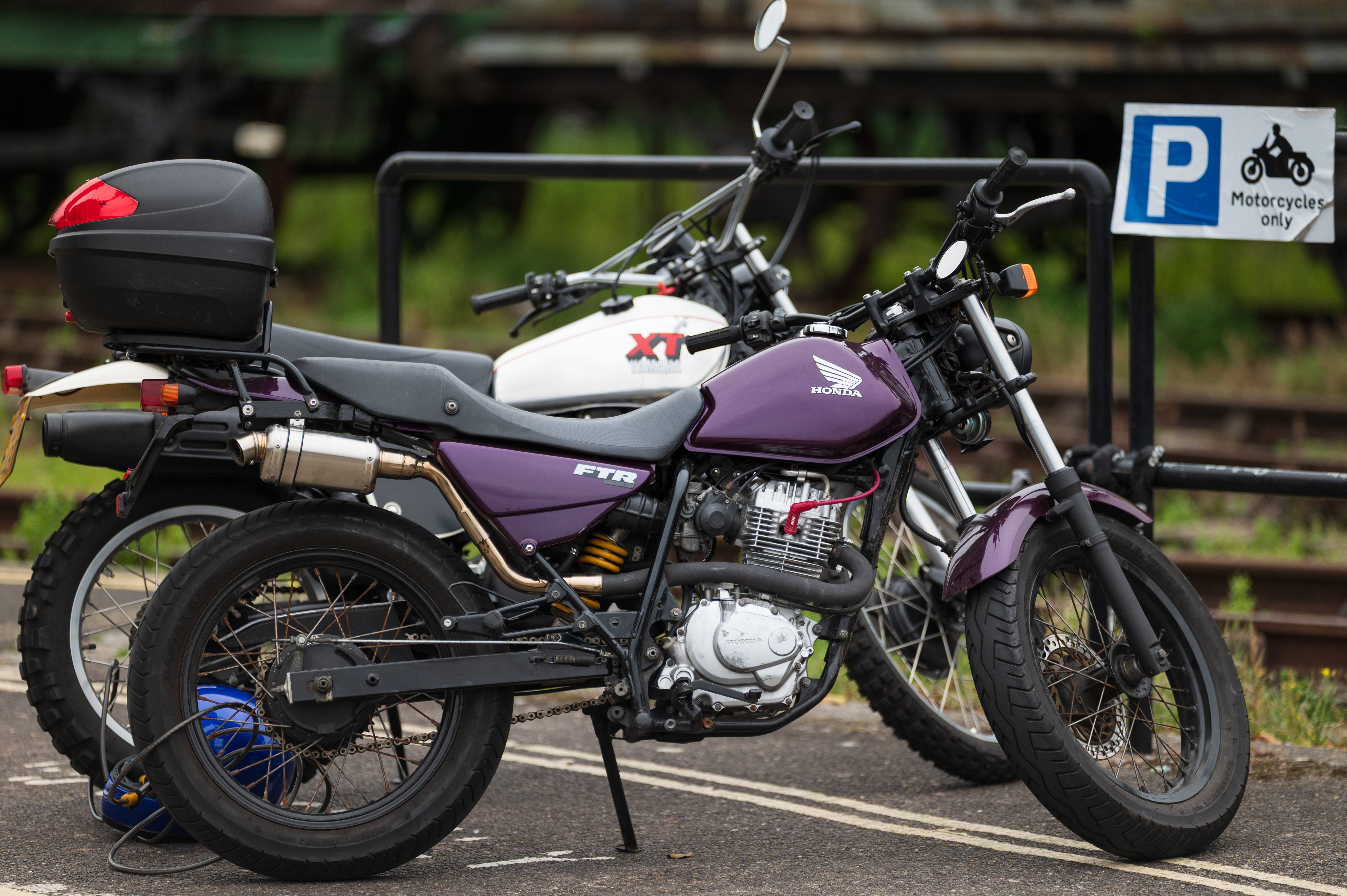
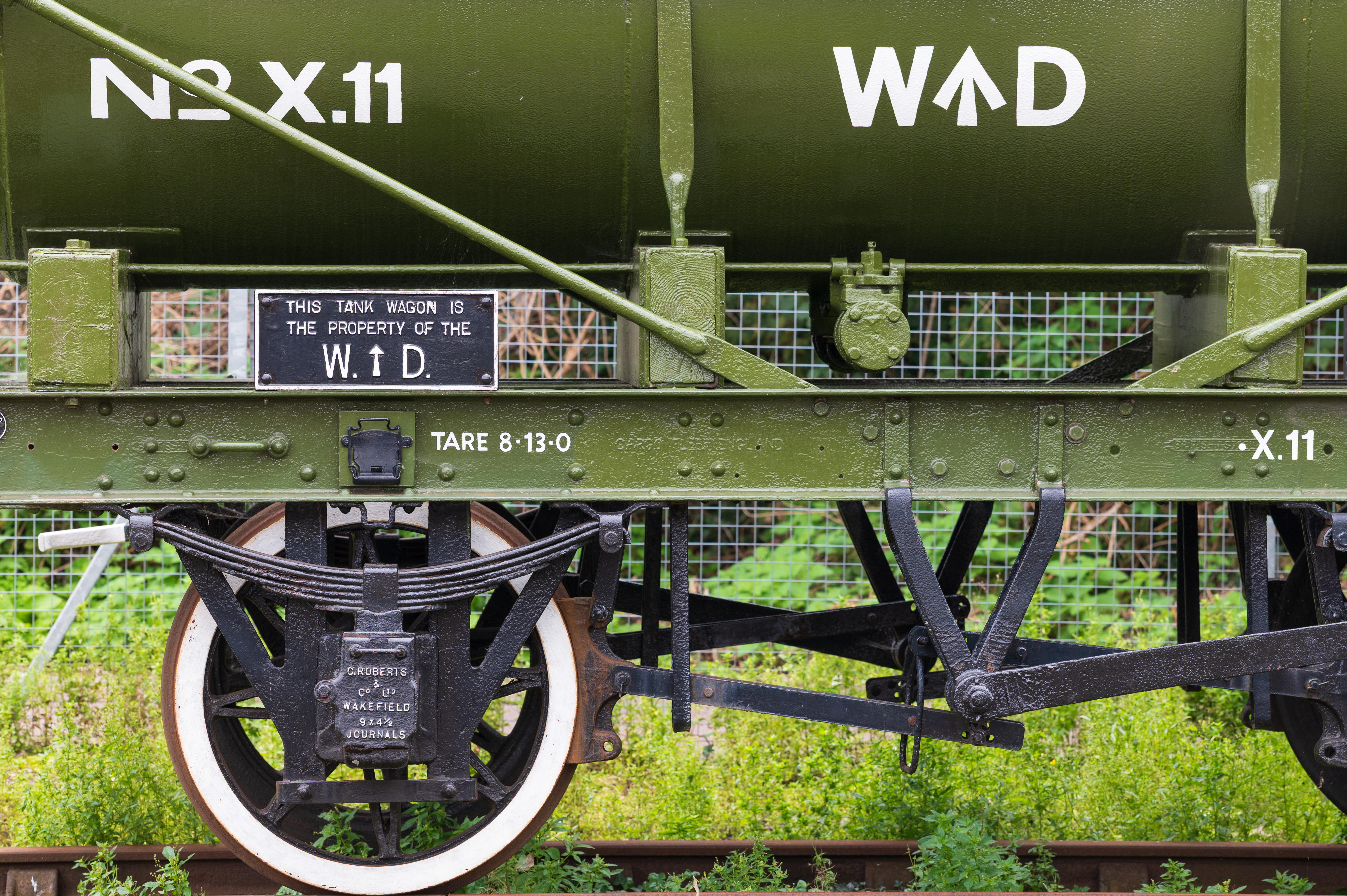


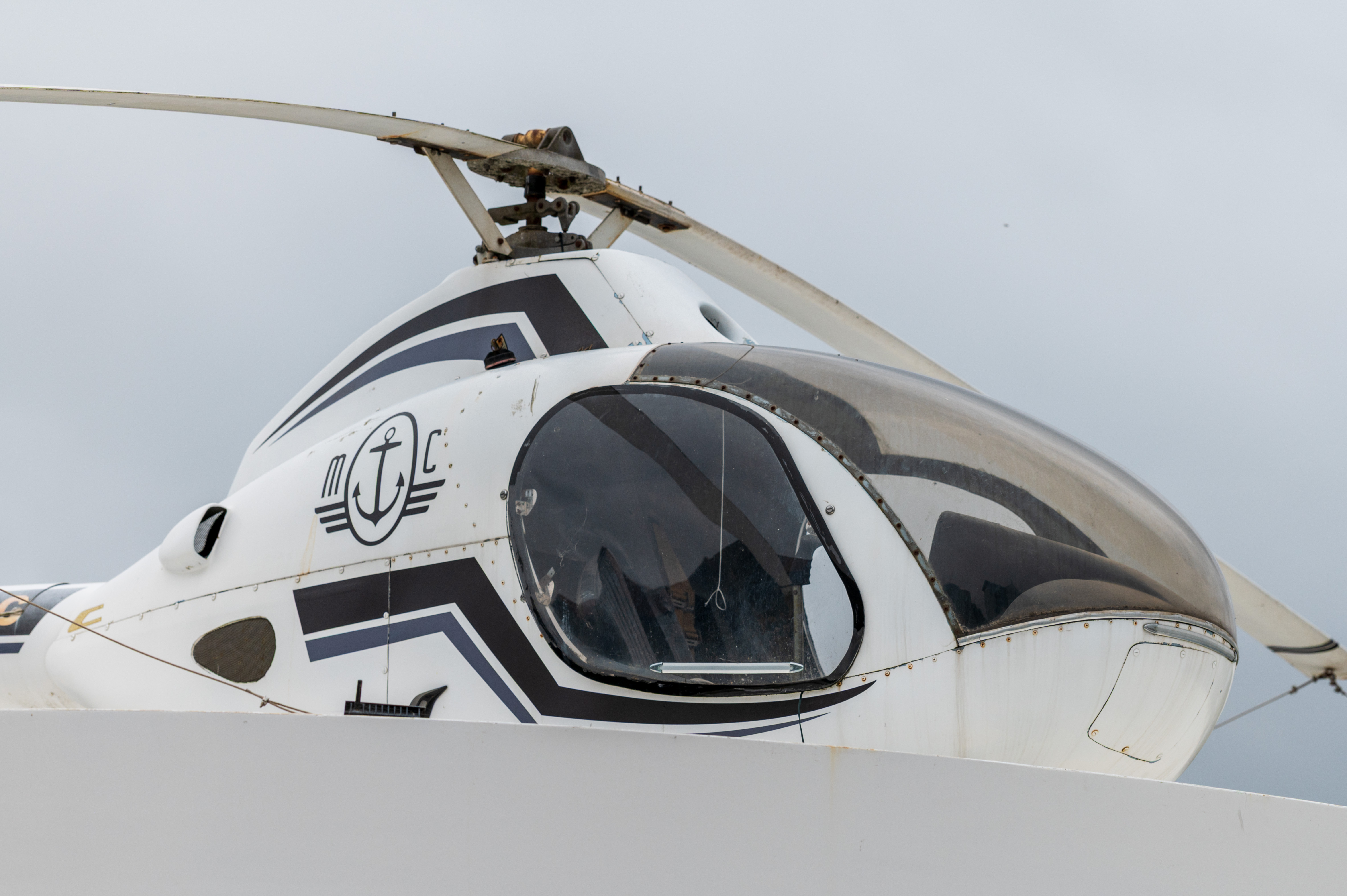
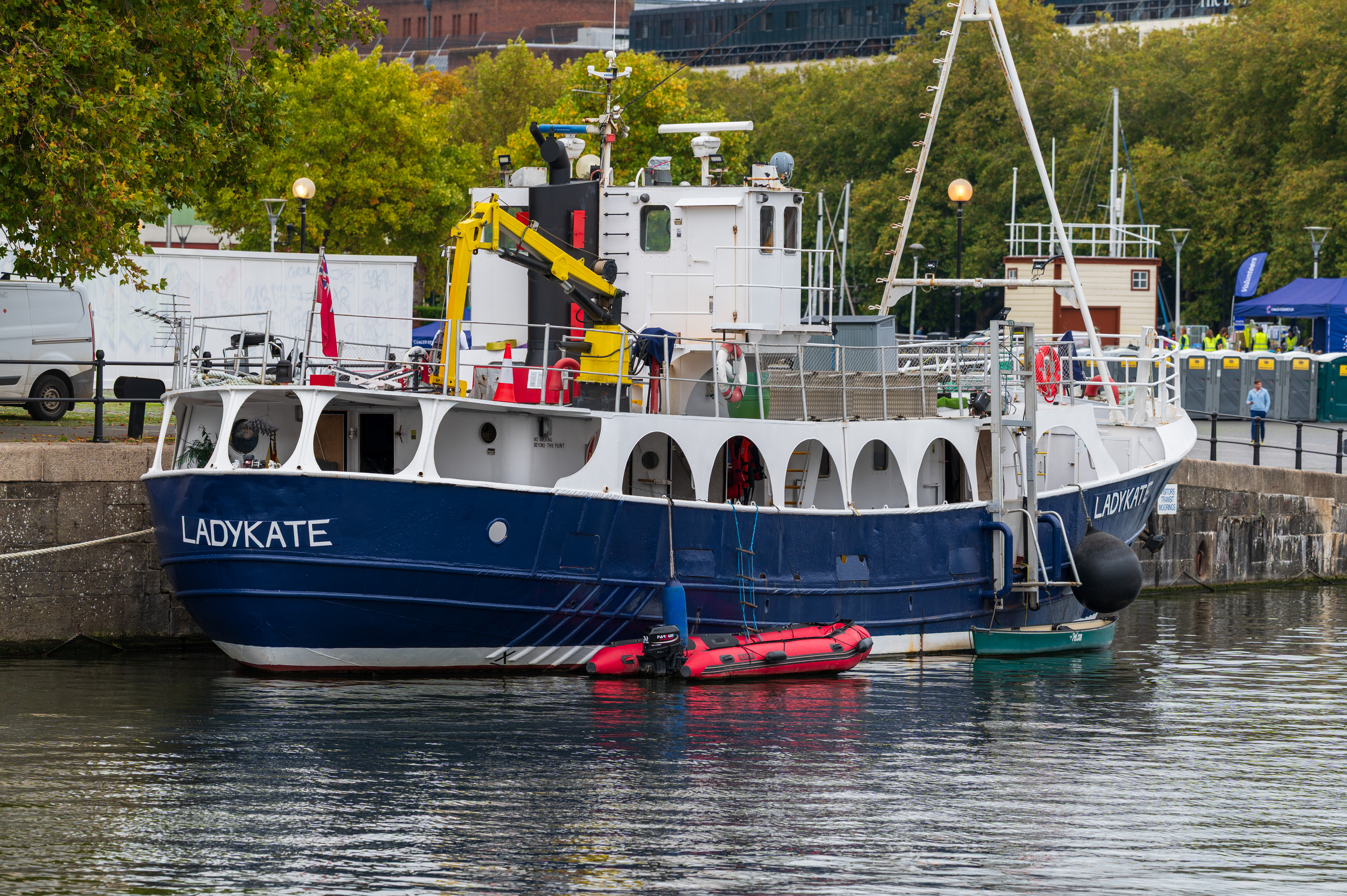

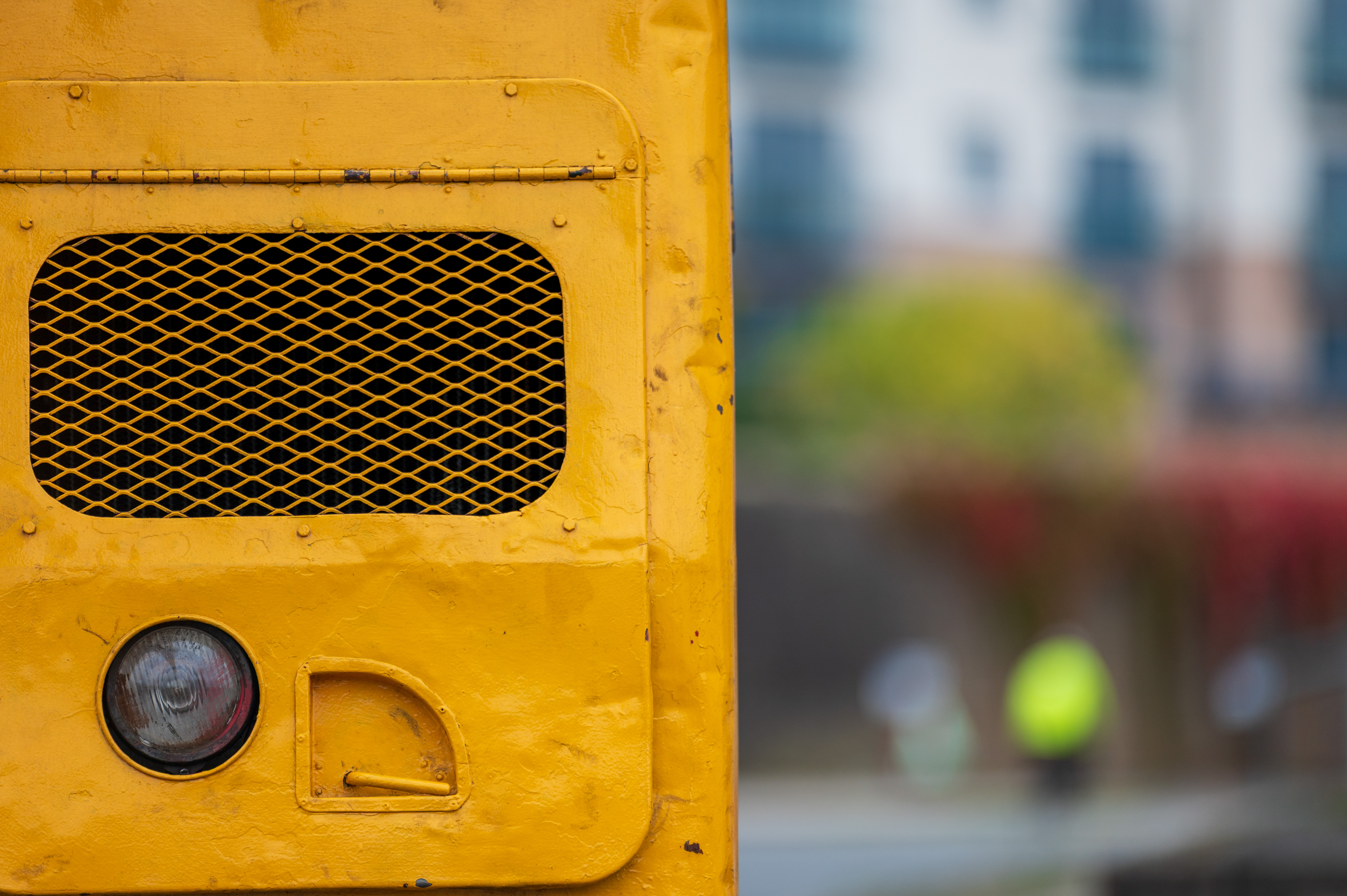

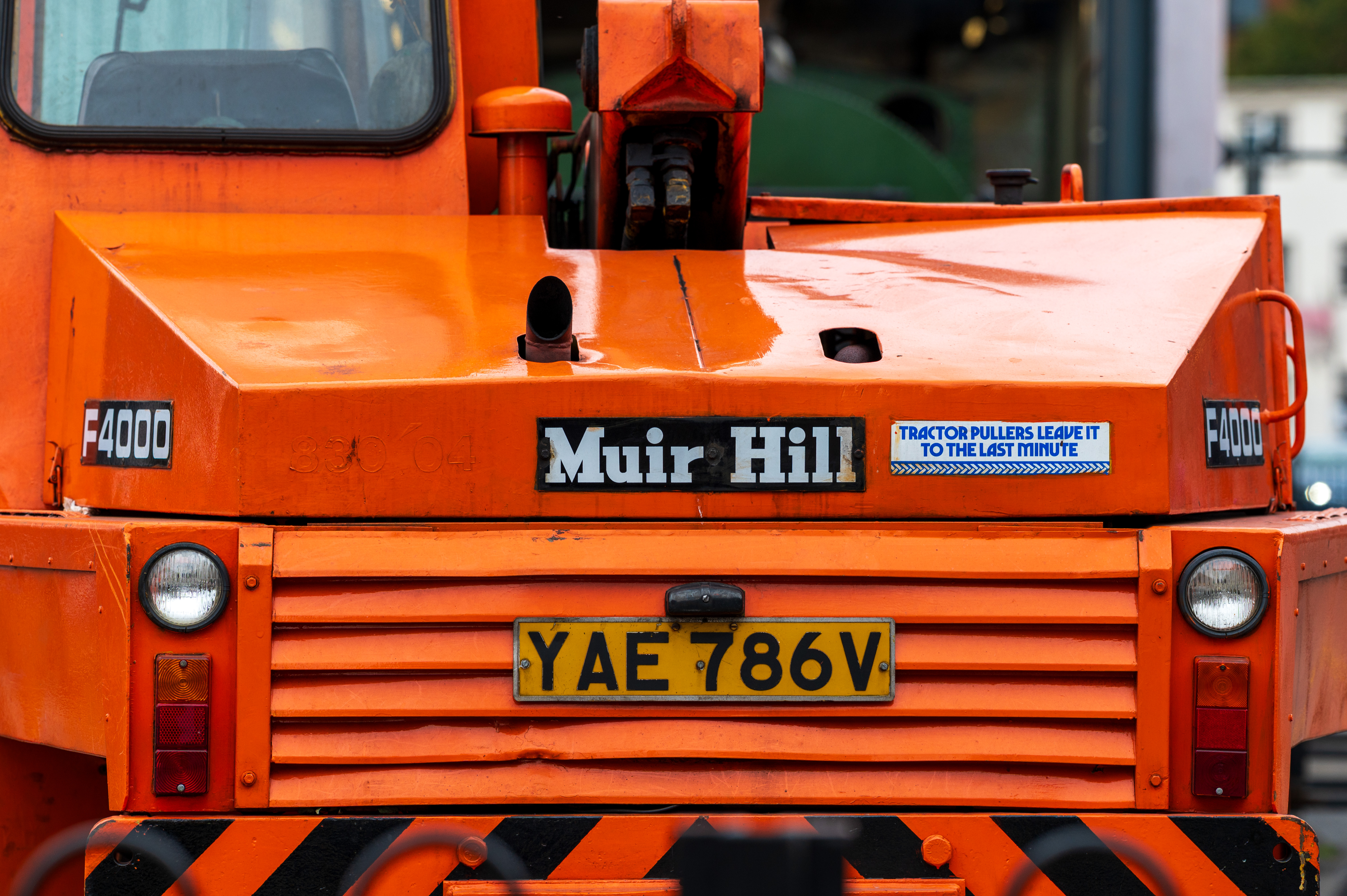


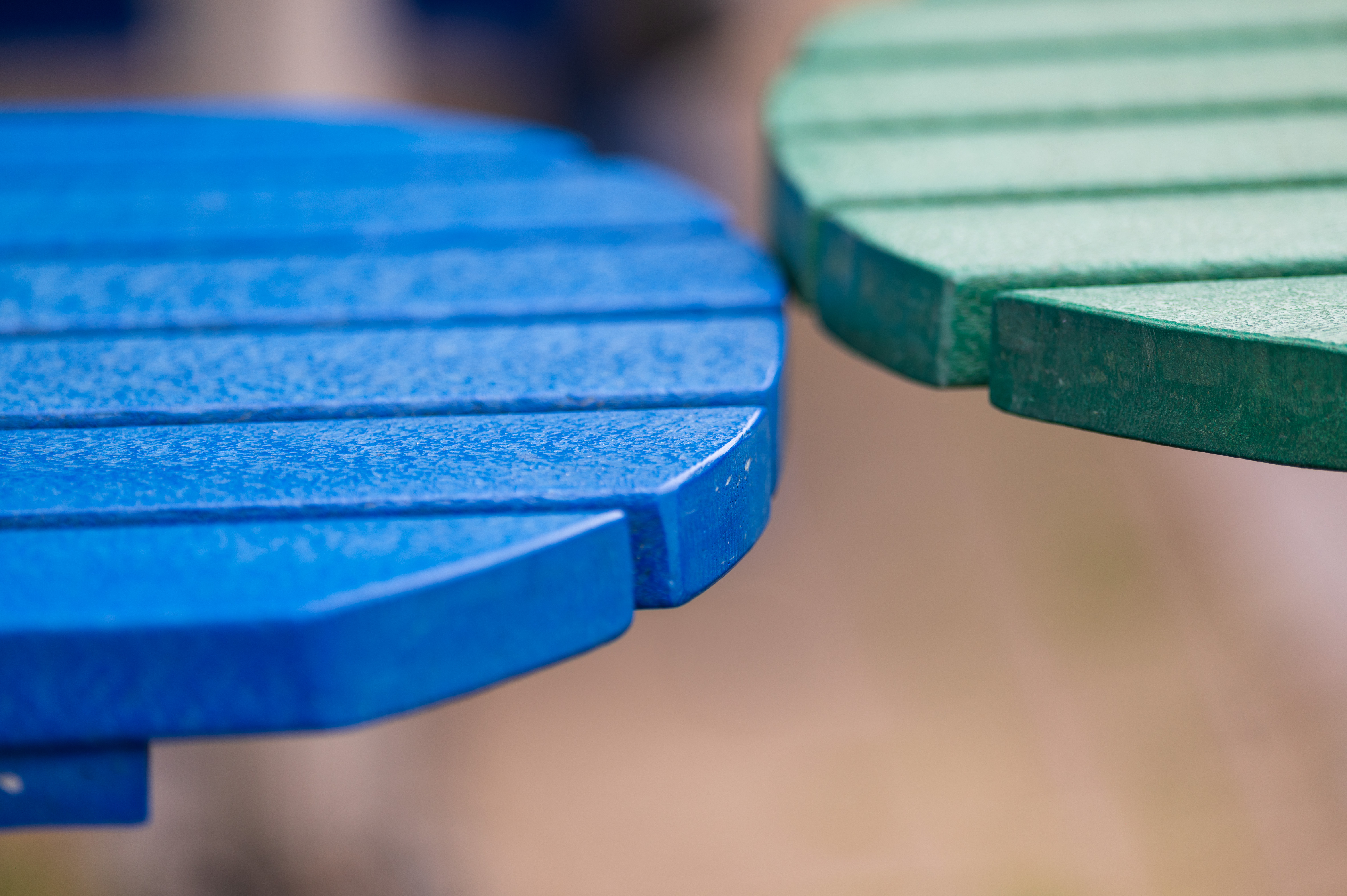
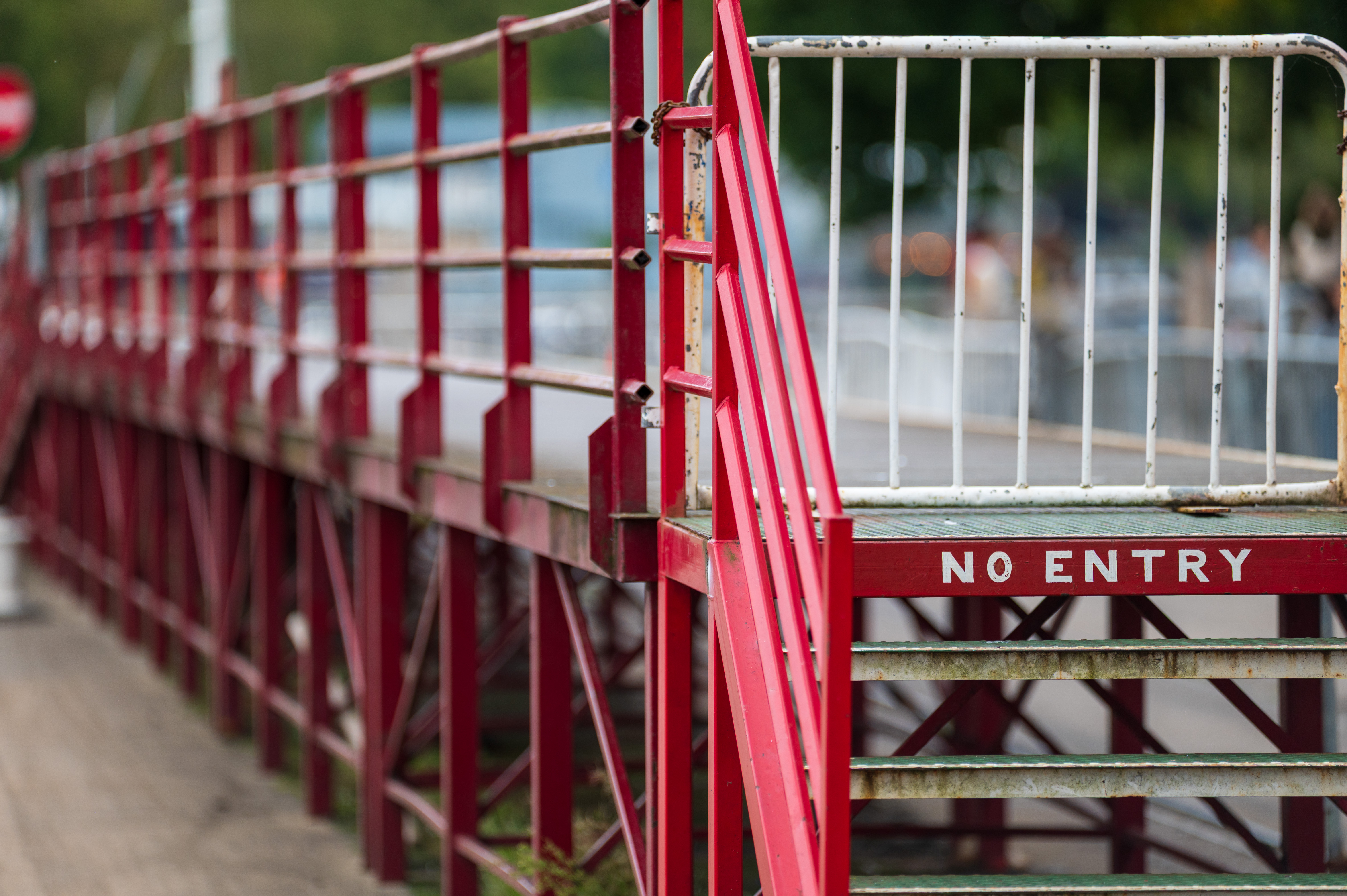



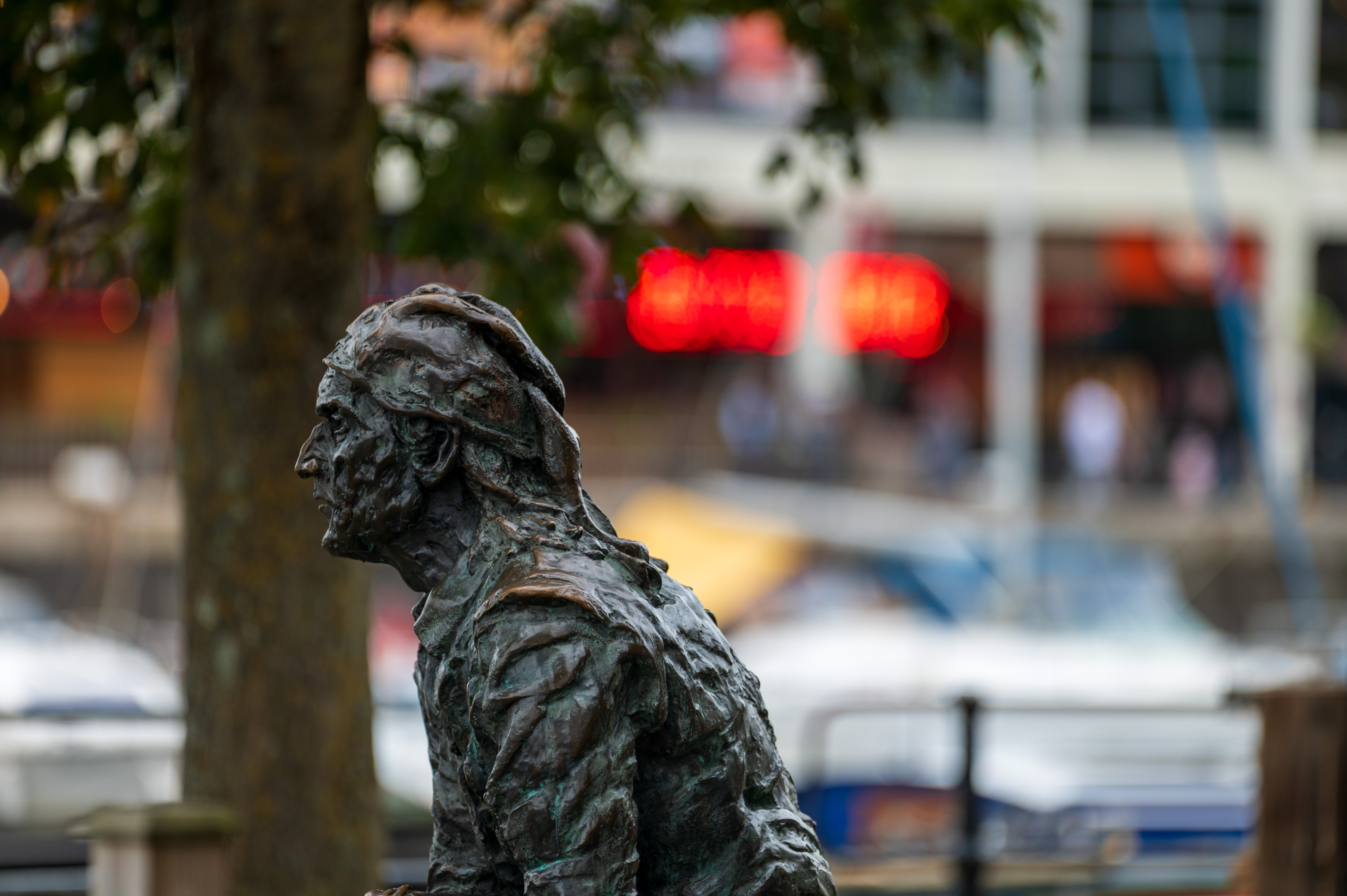
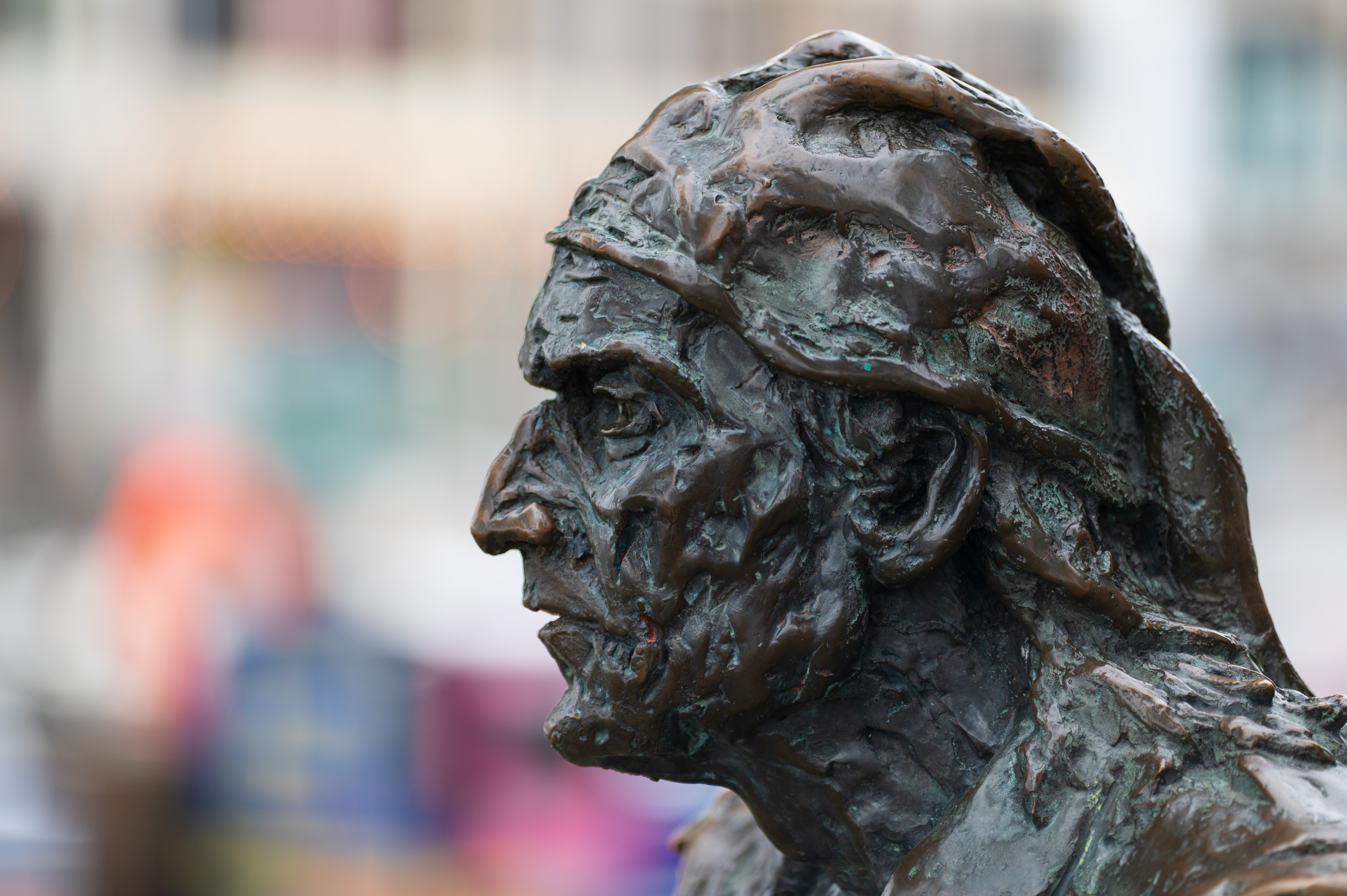
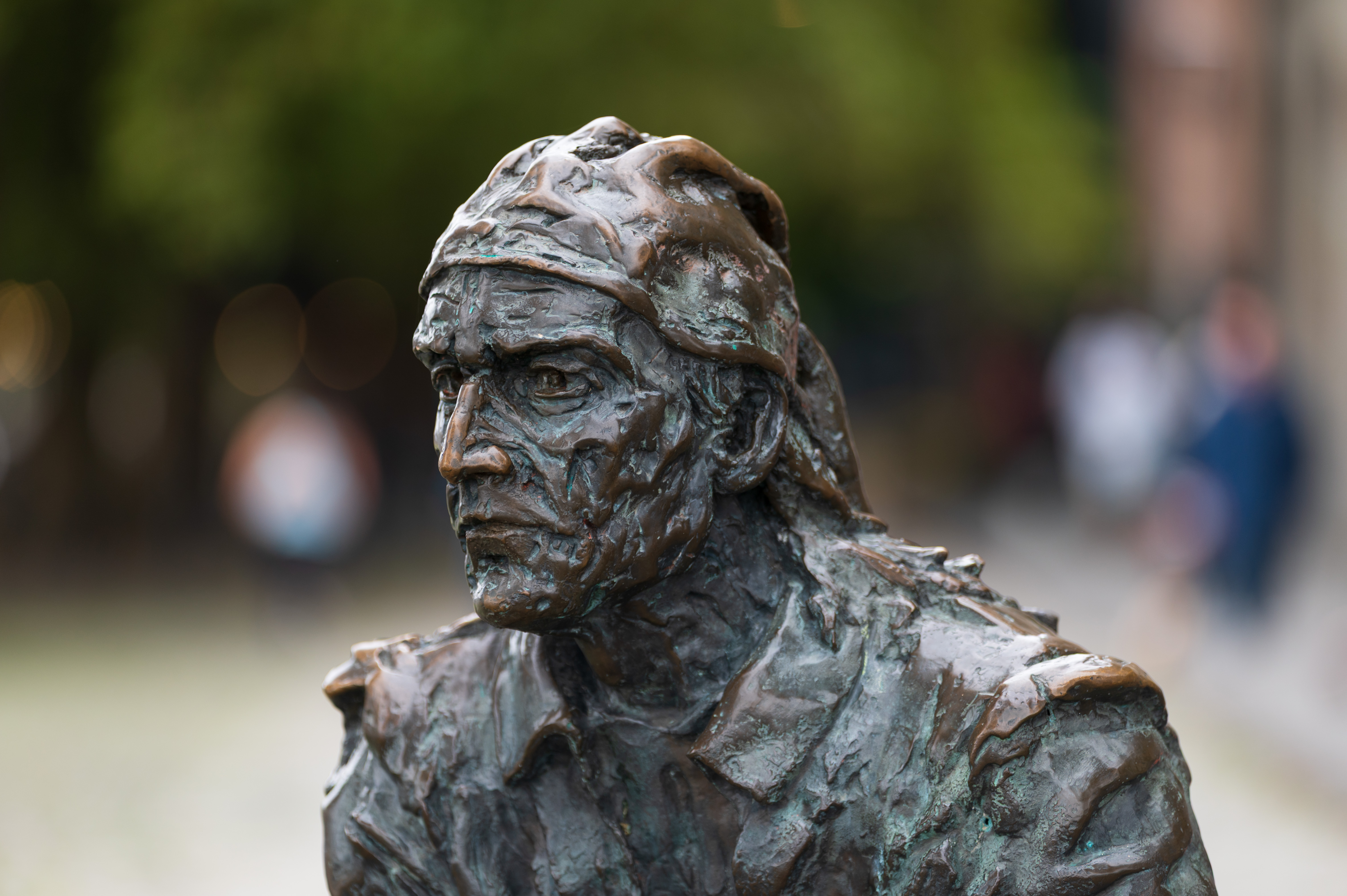
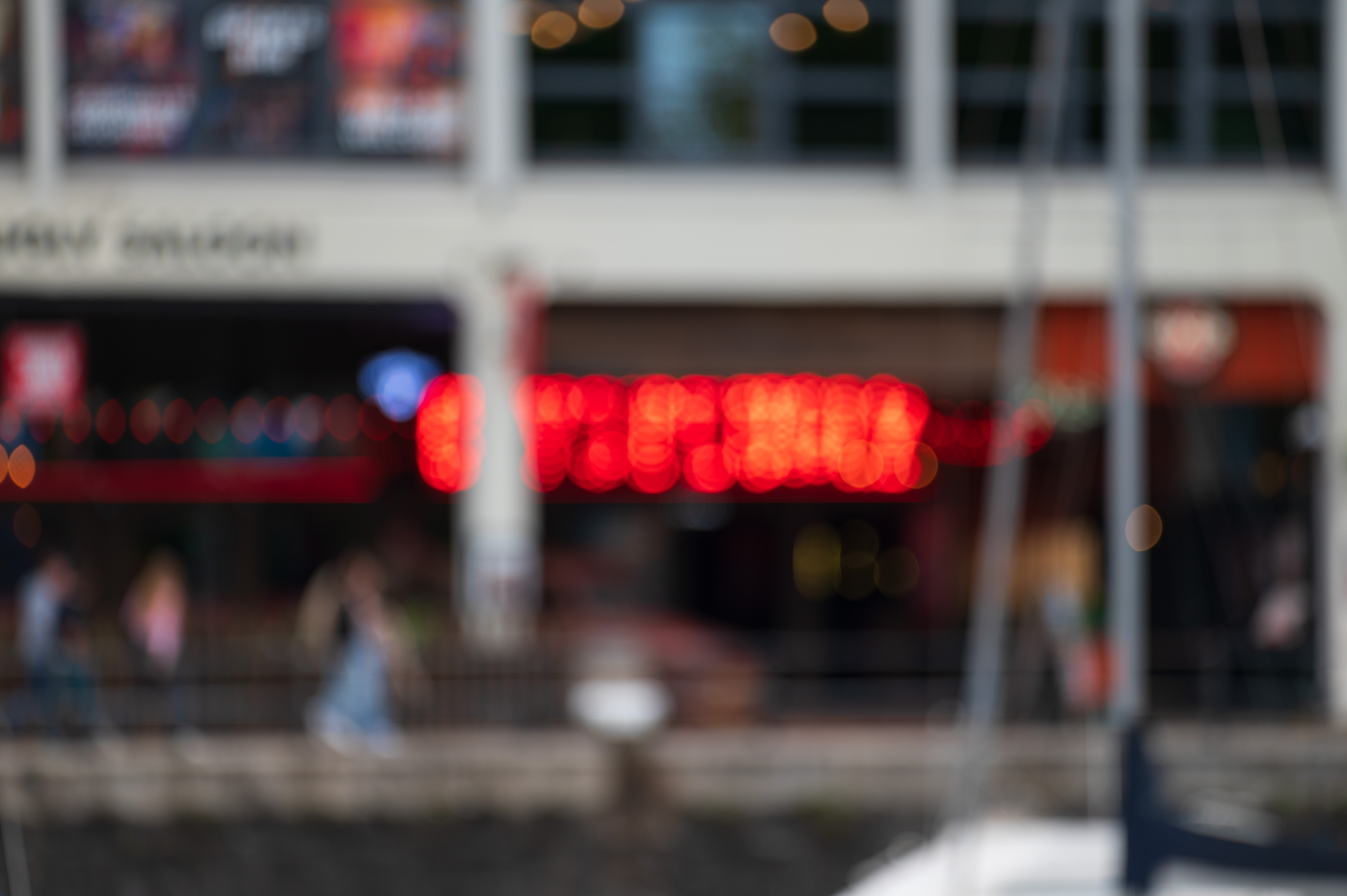




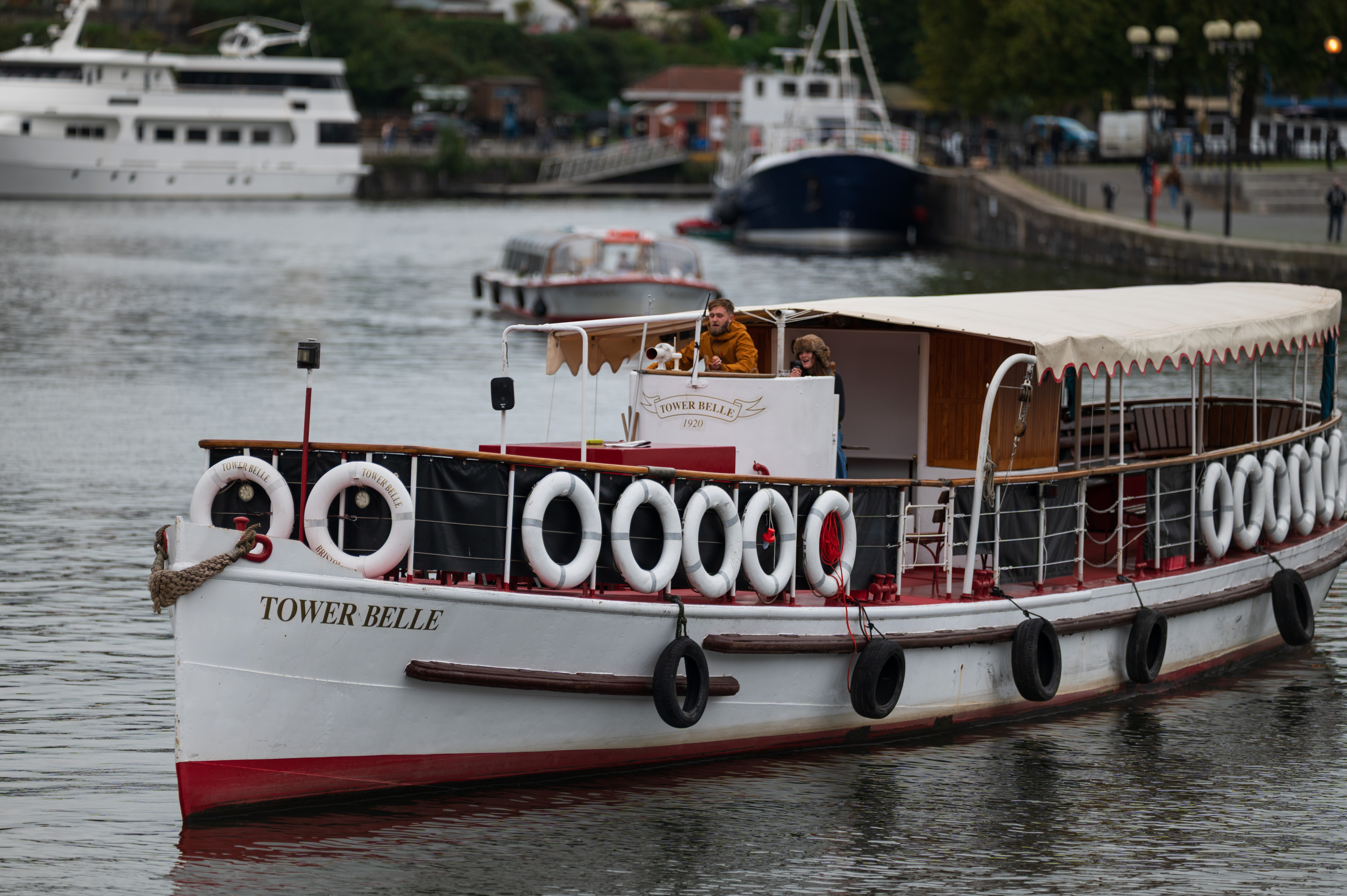


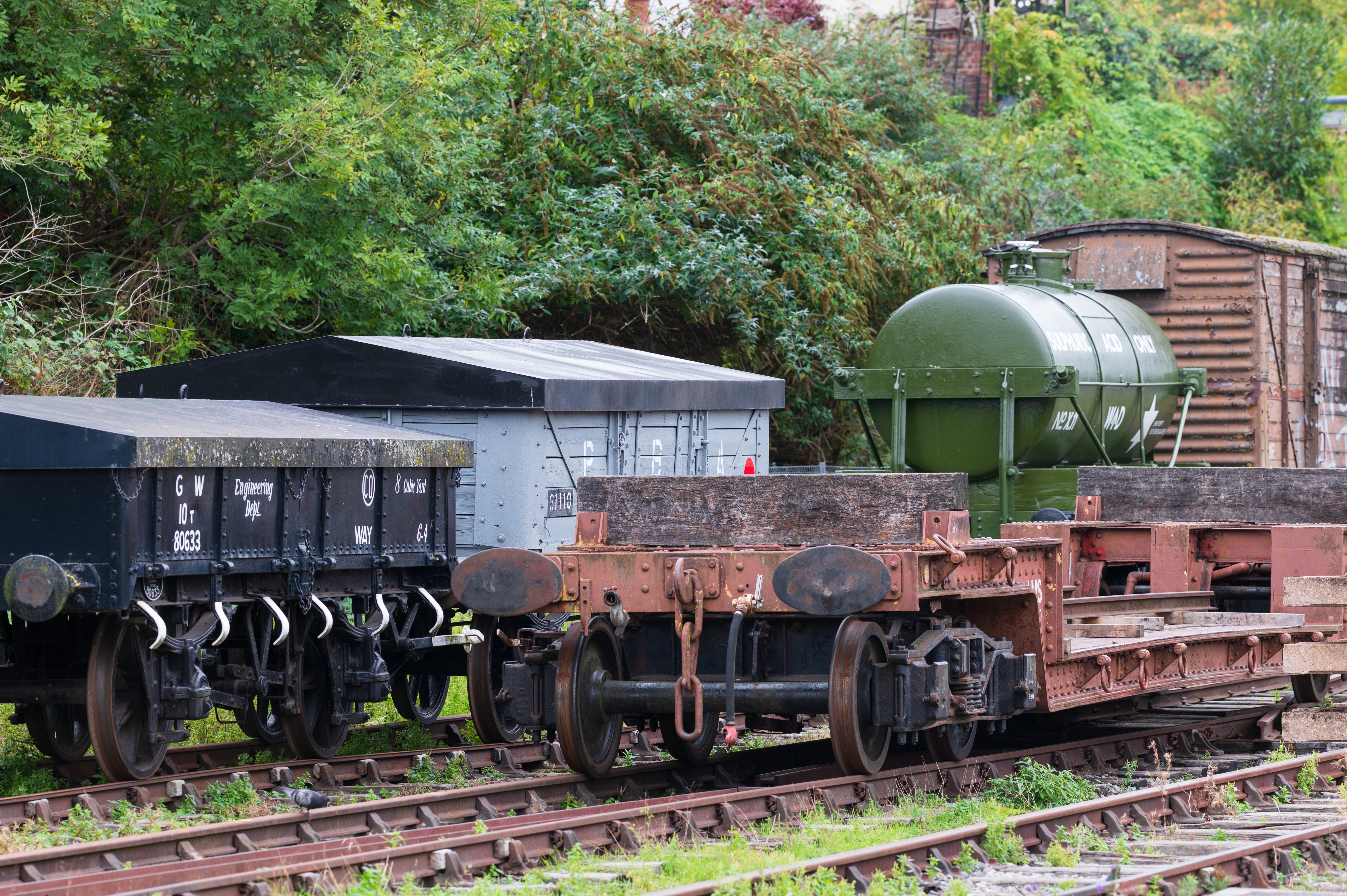


Laowa 200mm f/2 AF FF: Lab Results
We run a range of lab tests under controlled conditions, using the Imatest Master testing suite. Photos of test charts are taken across the range of apertures and zooms (where available), then analyzed for sharpness, distortion and chromatic aberrations.
We use Imatest SFR (spatial frequency response) charts and analysis software to plot lens resolution at the center of the image frame, corners and mid-point distances, across the range of aperture settings and, with zoom lenses, at four different focal lengths. The tests also measure distortion and color fringing (chromatic aberration).
Sharpness:
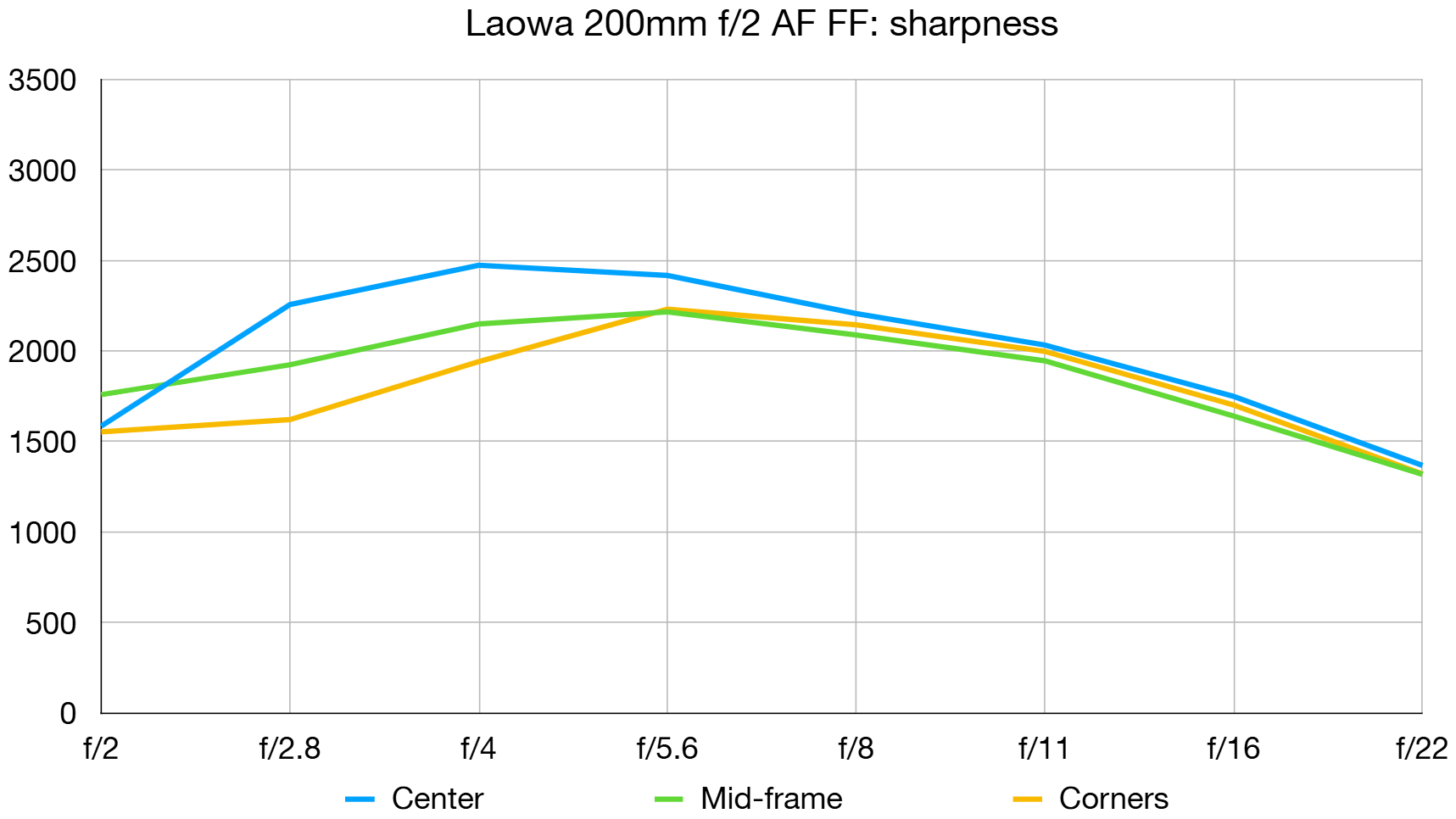
In our short-range lab tests, center-sharpness took a bit of a drop wide-open at f/2 but remained very impressive across the rest of the frame. I found that center-sharpness remained very impressive at f/2 in my real-world tests at more typical telephoto shooting distances. From f/2.8 through to f/11, both lab-test and real-world sharpness is superb across the entire image frame, and truly exceptional towards the edges and corners.
Fringing:
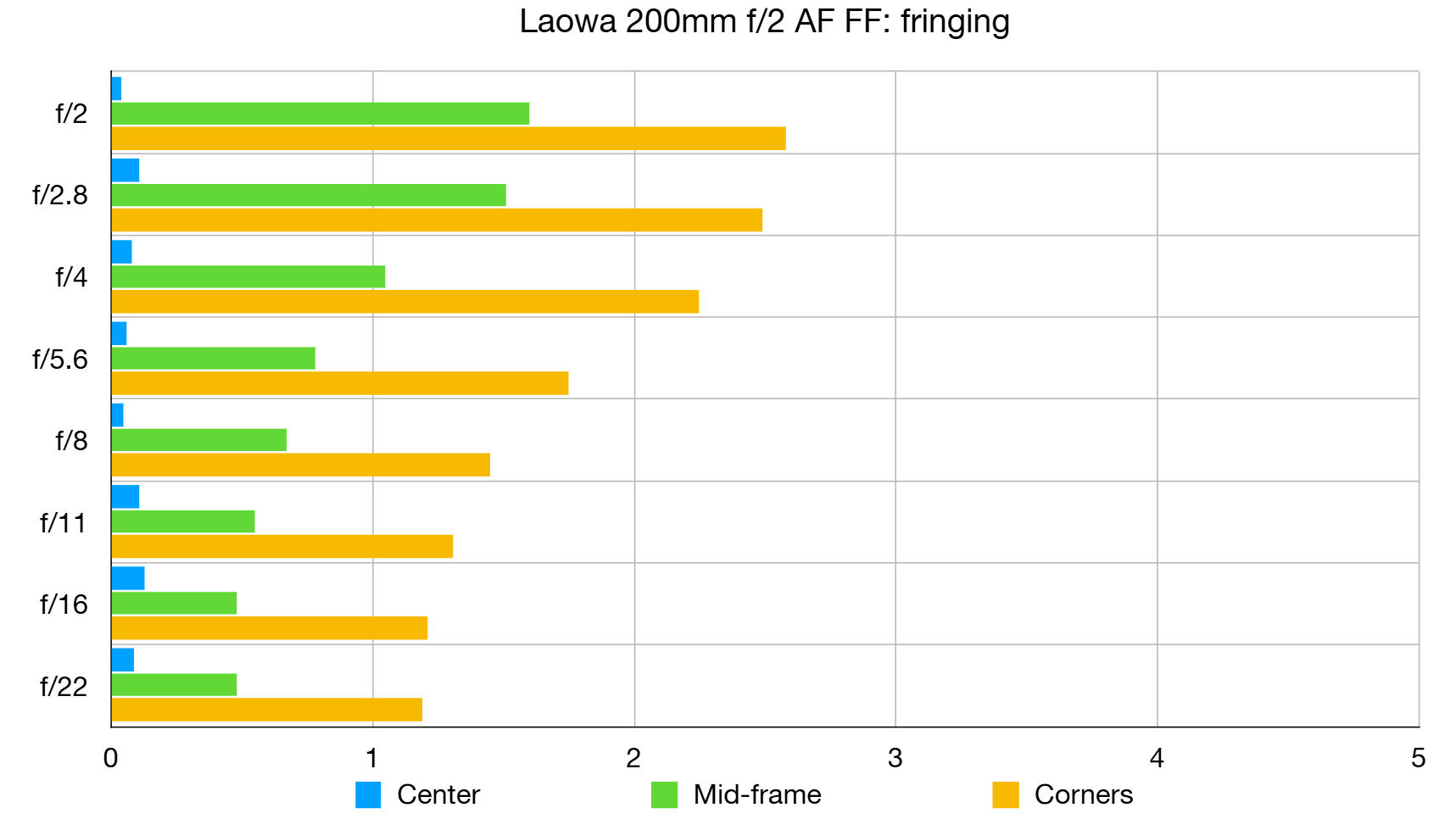
There’s a little color fringing towards the edges and corners of the image frame but it’s of quite a low order and easily within the scope of automatic in-camera correction for the Nikon Z and Sony E mount versions of the lens. Sorry, I can’t vouch for the Canon EF mount version.
Distortion: 0.65
There’s the slightest touch of pincushion distortion but it’s much less than with many telephoto lenses and will go unnoticed in the vast majority of images, even with automatic in-camera correction disabled.
Laowa 200mm f/2 AF FF: Verdict
The Laowa 200mm f/2 AF FF is a big, hefty and expensive lens. In its favor, however, it’s a lot less big, heavy and expensive than the old-school Canon and Nikon equivalent lenses that were made for DSLRs. I rather like that the new Laowa is made for Canon DSLRs as well as for Nikon and Sony mirrorless cameras, but I suspect this is more down to the tight-lipped and non-sharing nature of the Canon RF electronics. Ultimately, the lens is sufficiently compact and lightweight for long periods of handheld shooting, making it an excellent choice for sports, wildlife and event photography. Sharpness, clarity and contrast are impressive, bokeh is beautiful and the lens makes a stellar job of isolating subjects against fussy backgrounds, as well as compressing perspective for creative effect. All in all, it’s a superb lens with exotic handling characteristics, at a relatively affordable price for its type. It’s a beauty.
|
Features ★★★★★ |
Top of the list are the 200mm and f/2 combo, but there are also customizable function buttons, a click/de-click aperture ring and an autofocus range limiter. |
|
Design ★★★★★ |
The design manages to keep size and weight to a minimum while going large on build-quality, but it lacks an optical stabilizer. |
|
Performance ★★★★★ |
Superb sharpness, clarity and contrast couples with beautiful bokeh, backed up by quick and reliably accurate autofocus. |
|
Value ★★★★★ |
There’s no way I could describe the Laowa as a ‘cheap’ lens but it’s massively more affordable than Canon and Nikon equivalents of old, and seriously undercuts the similarly new Sigma. |
